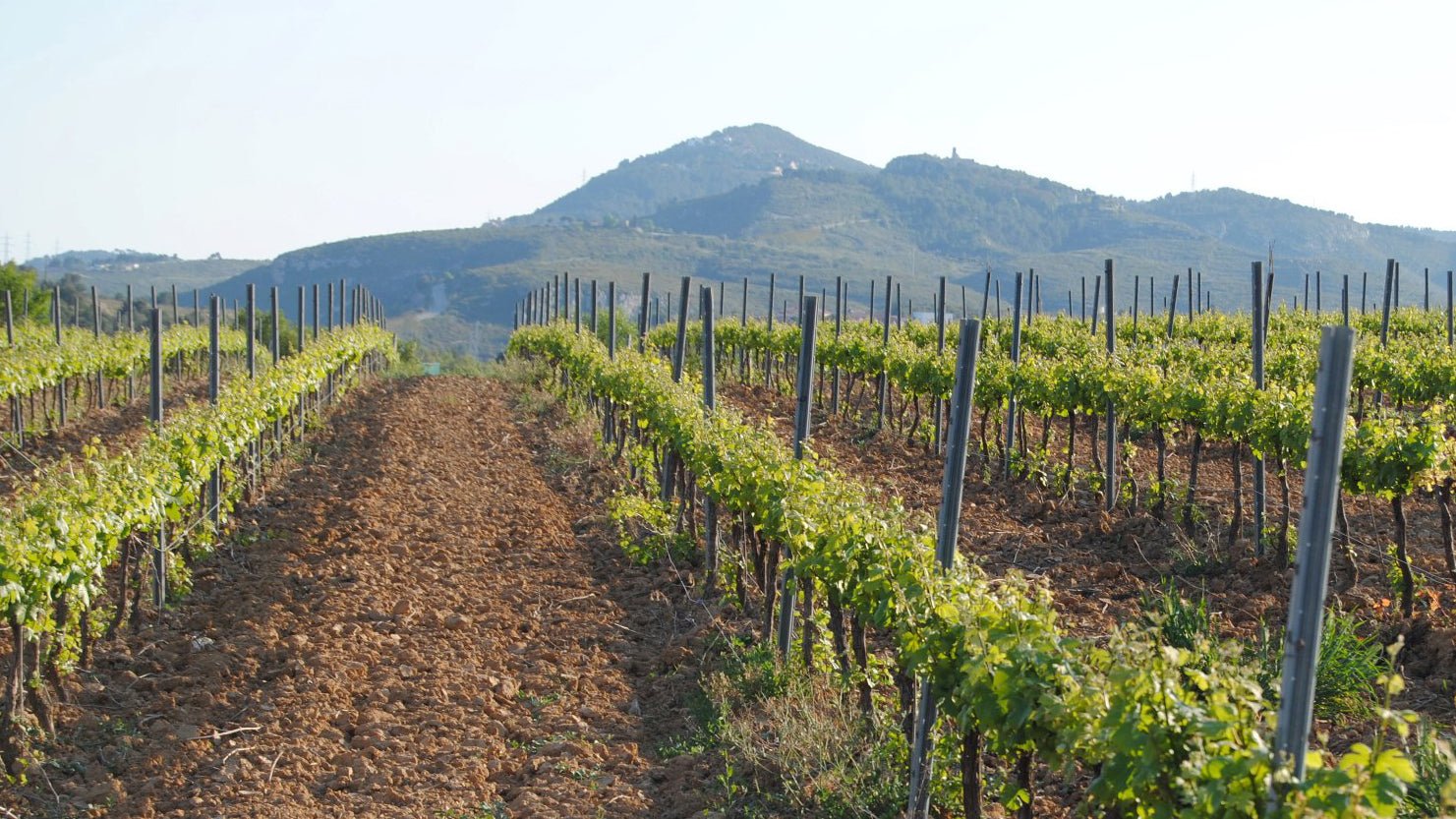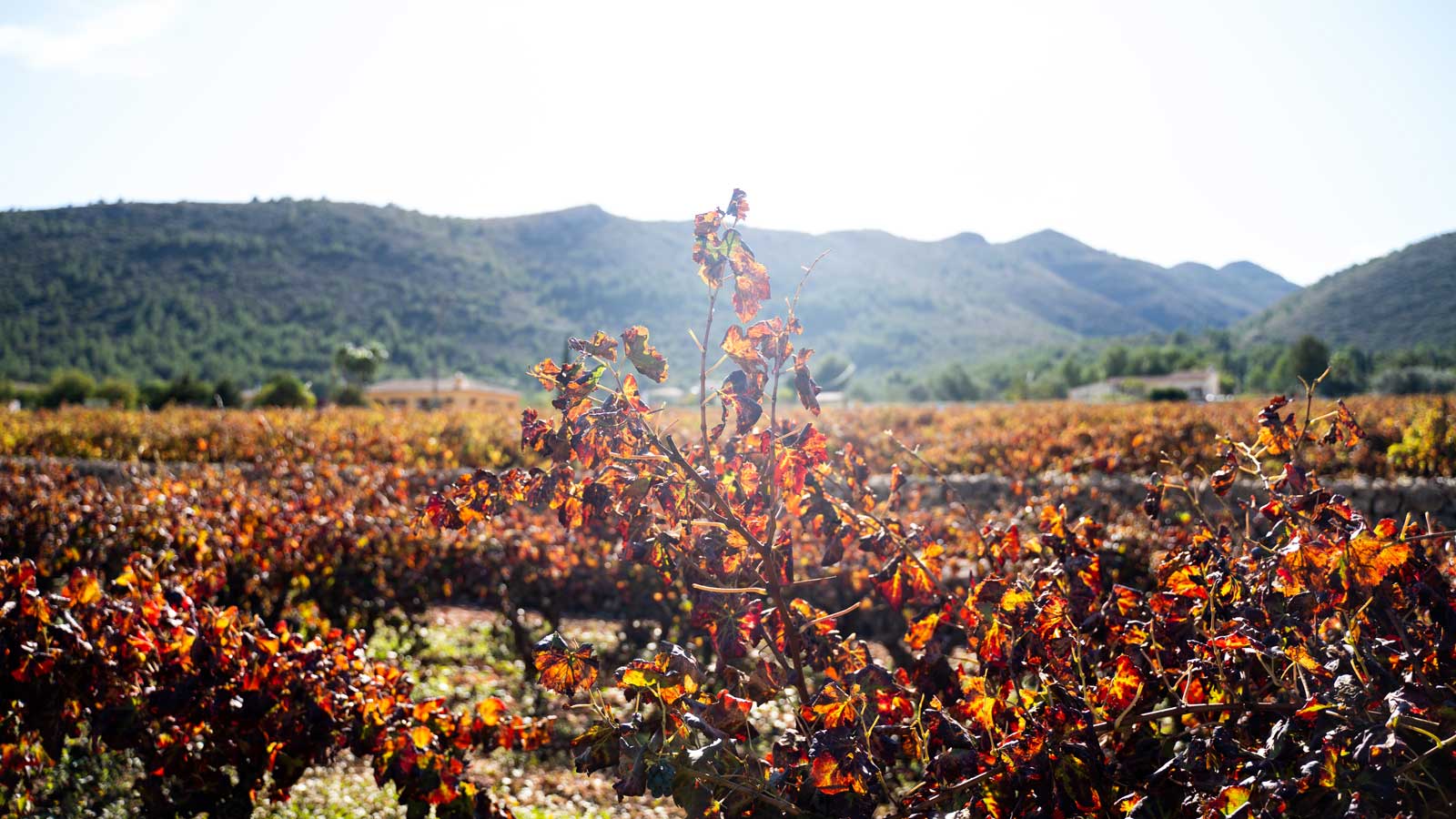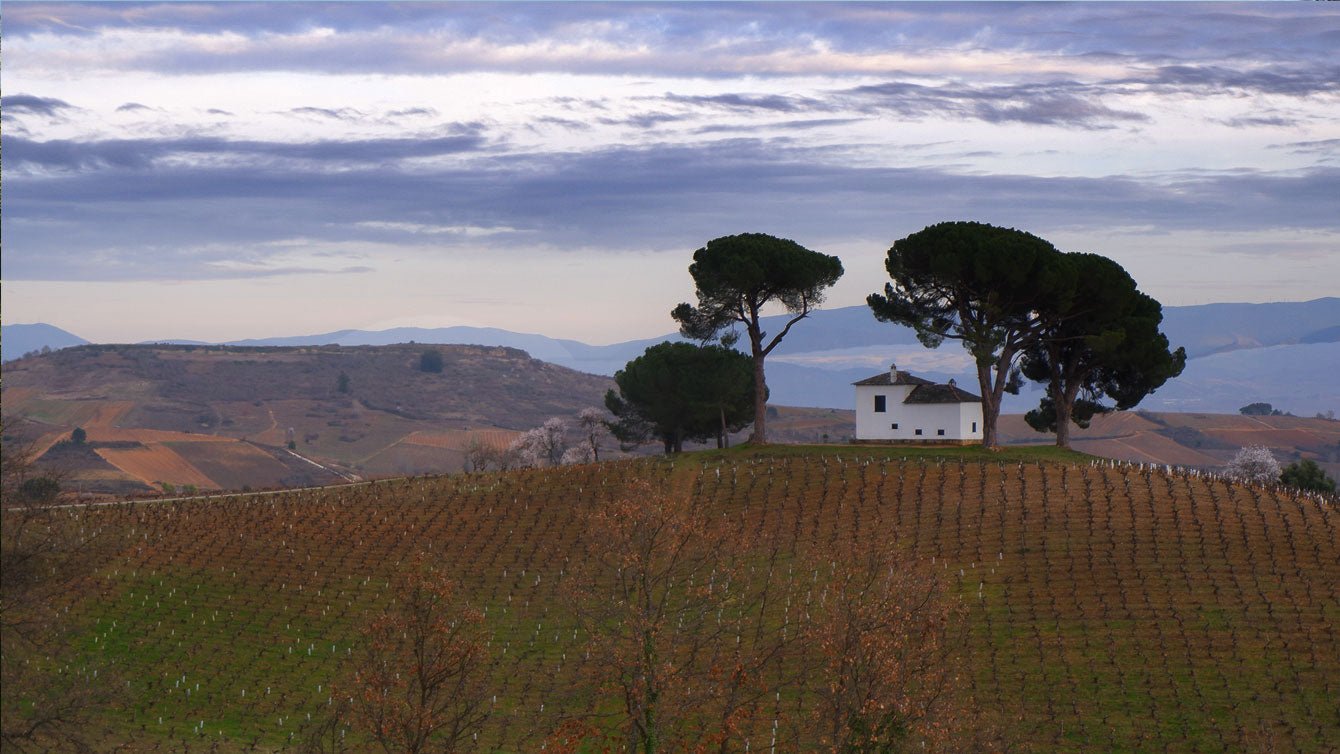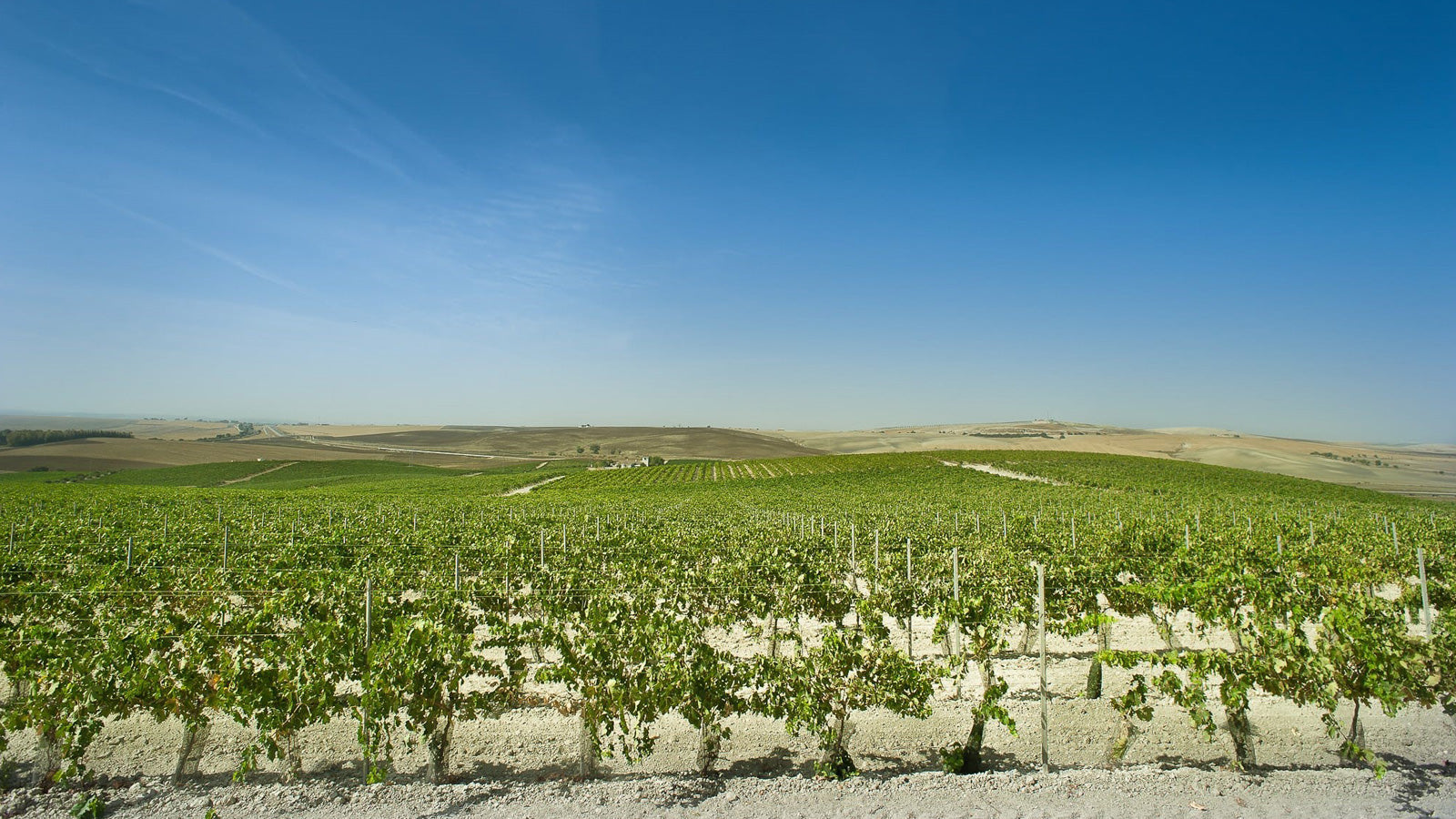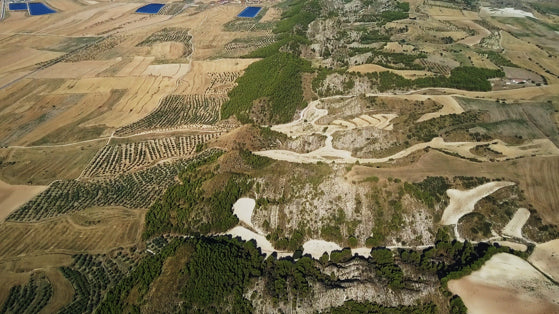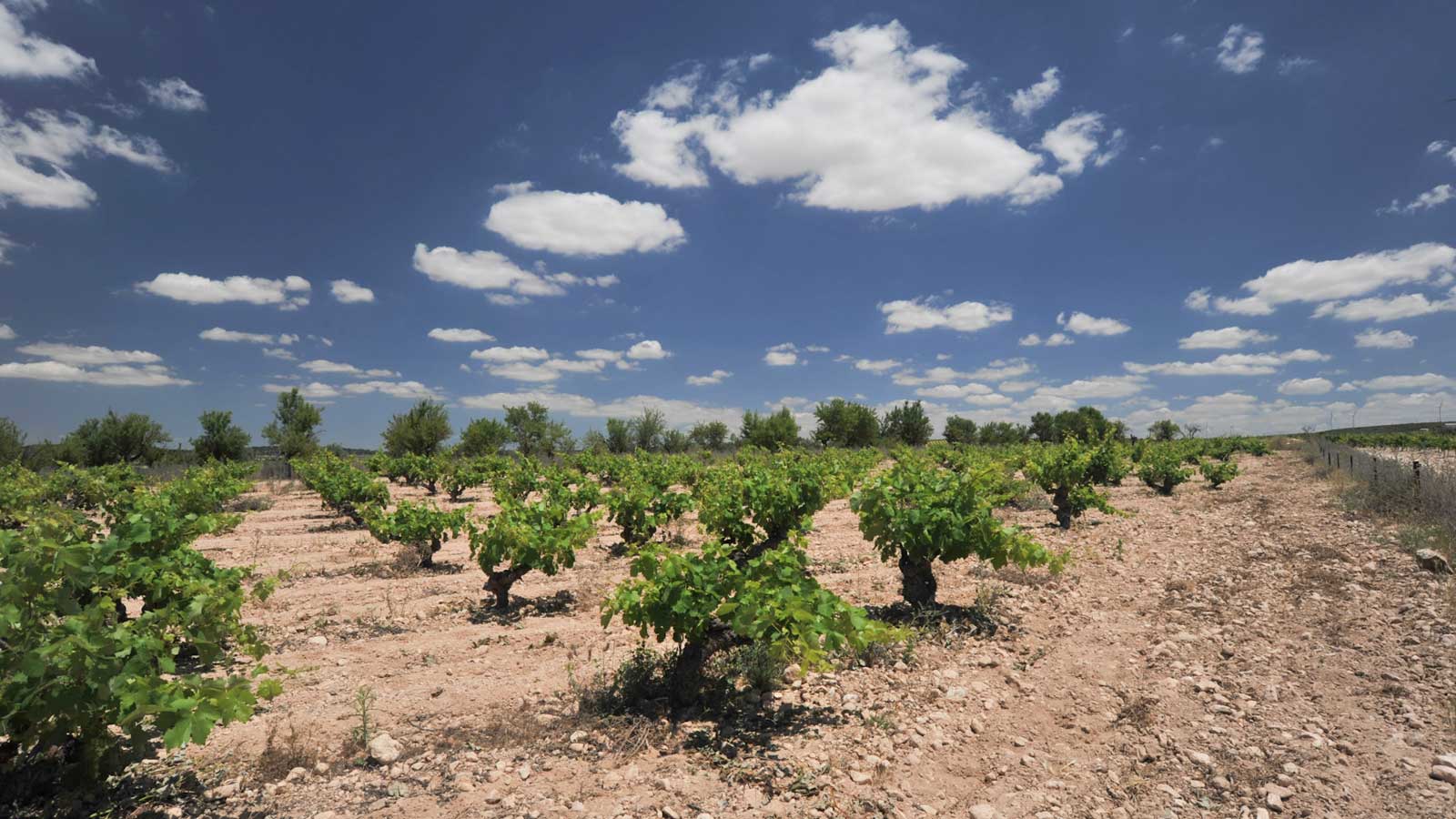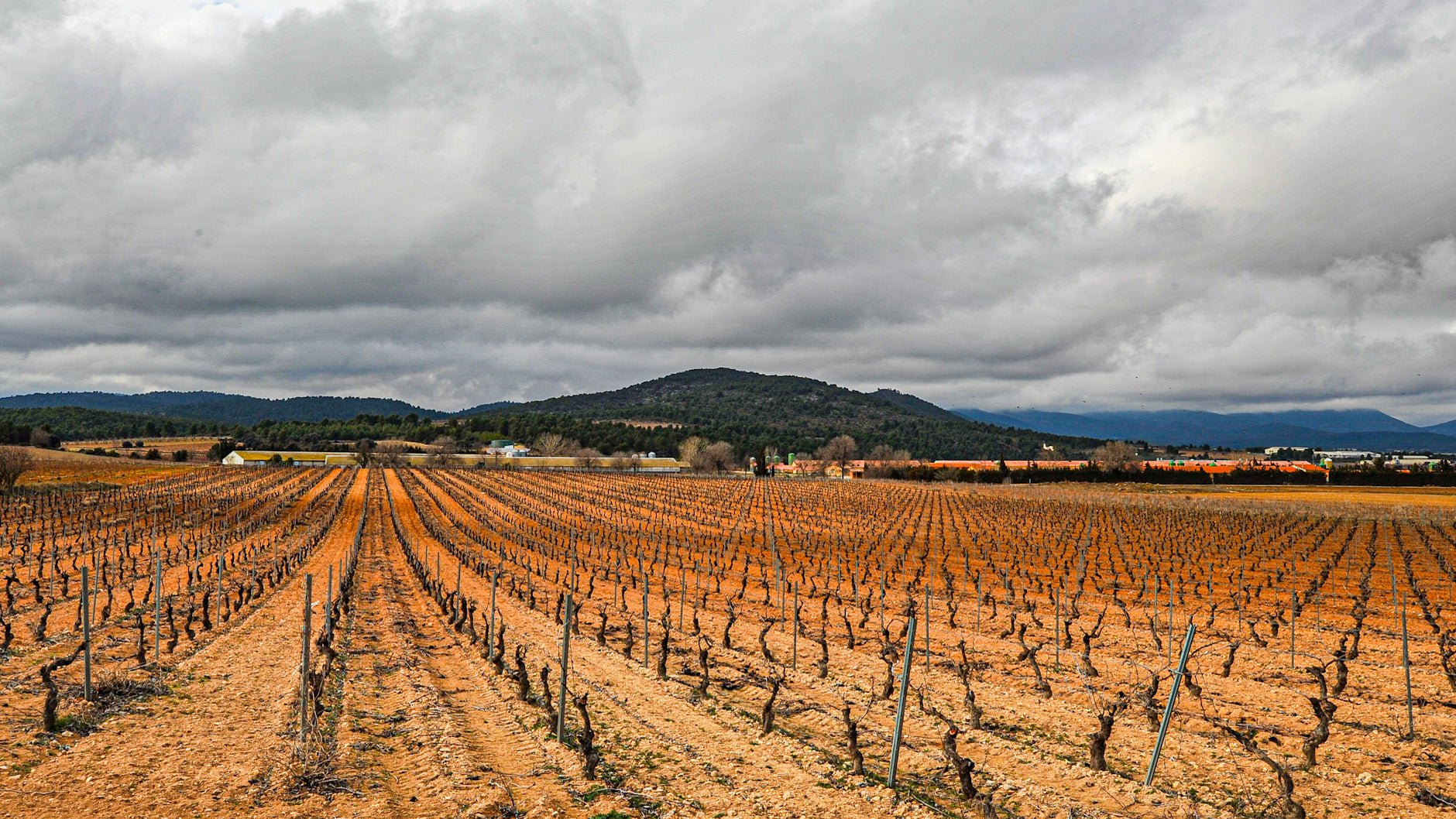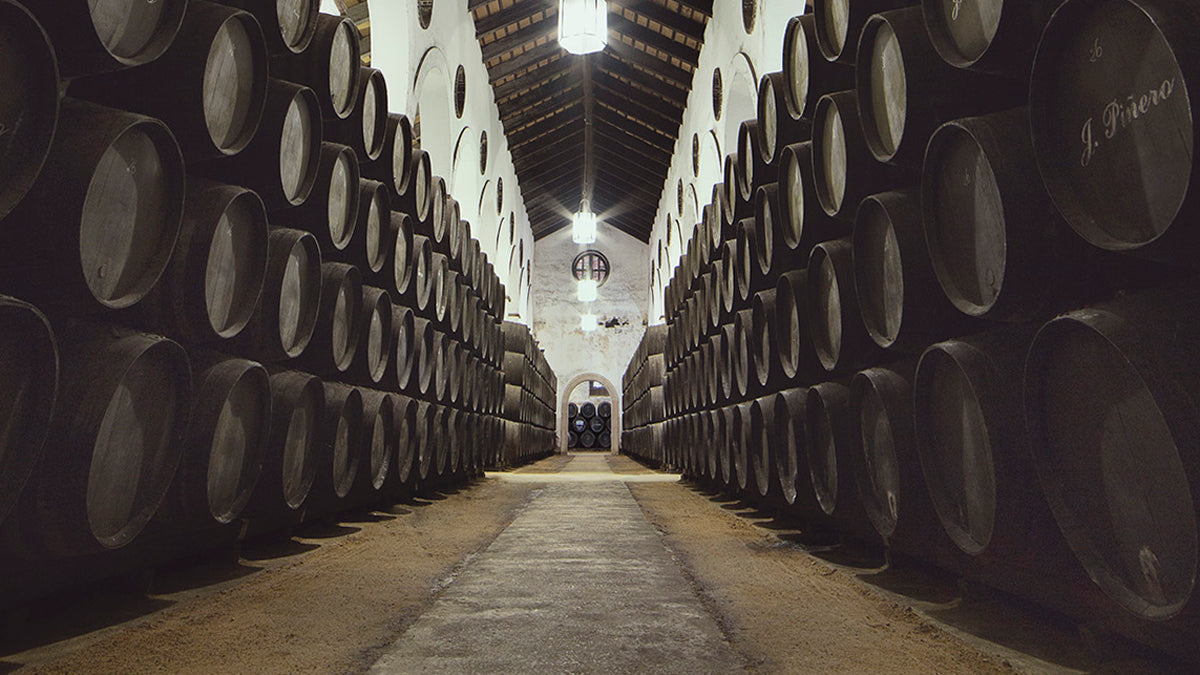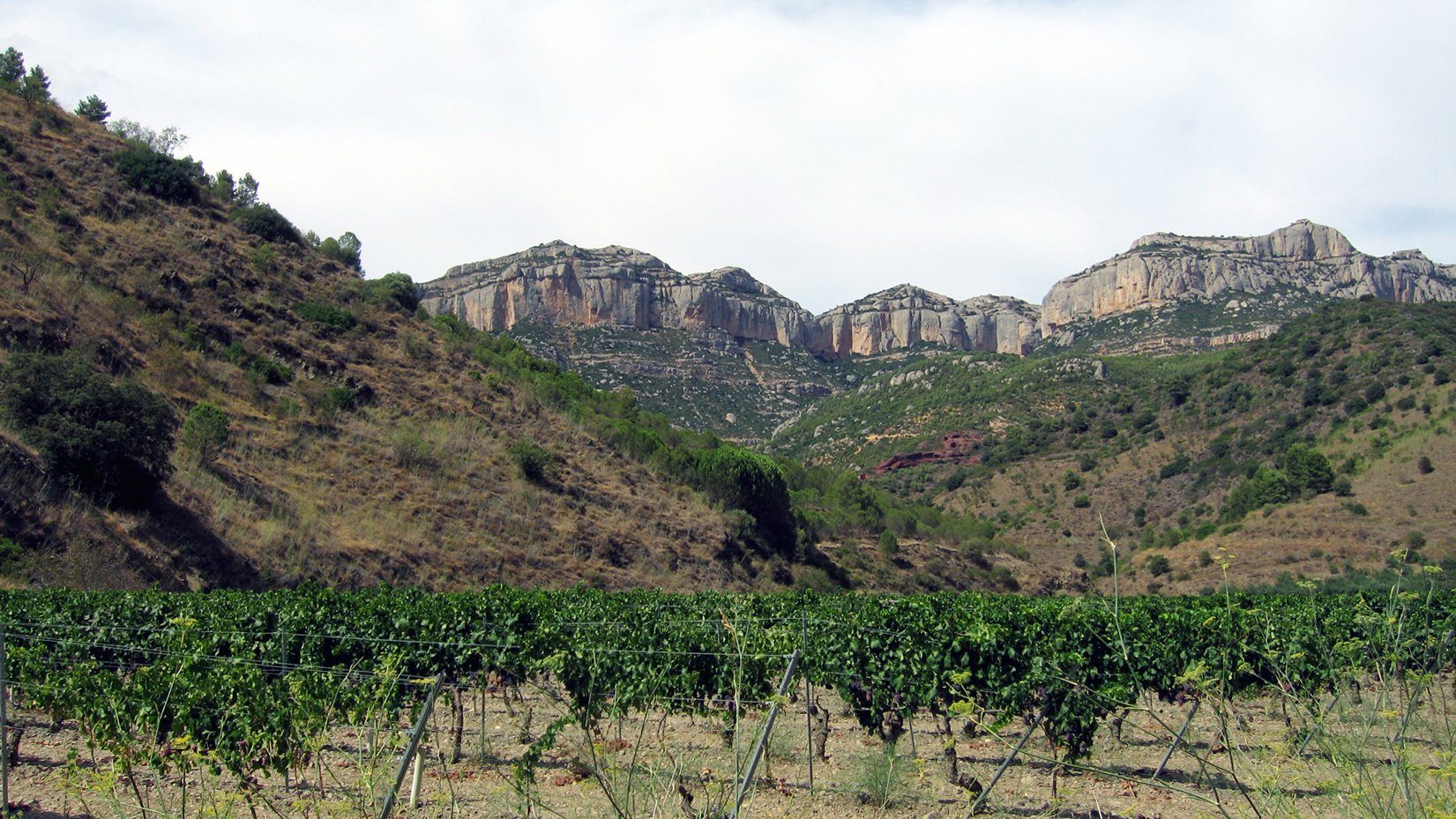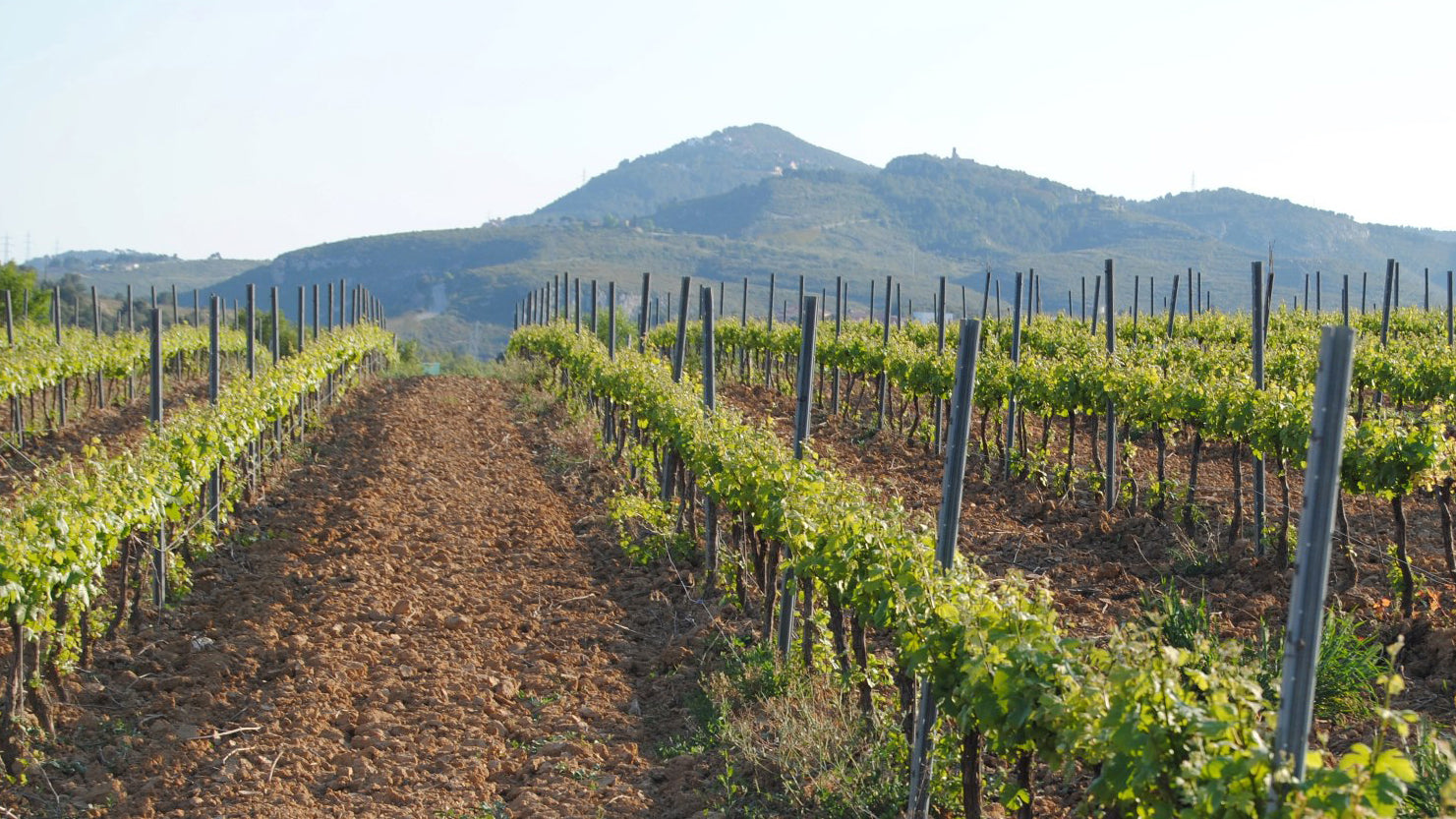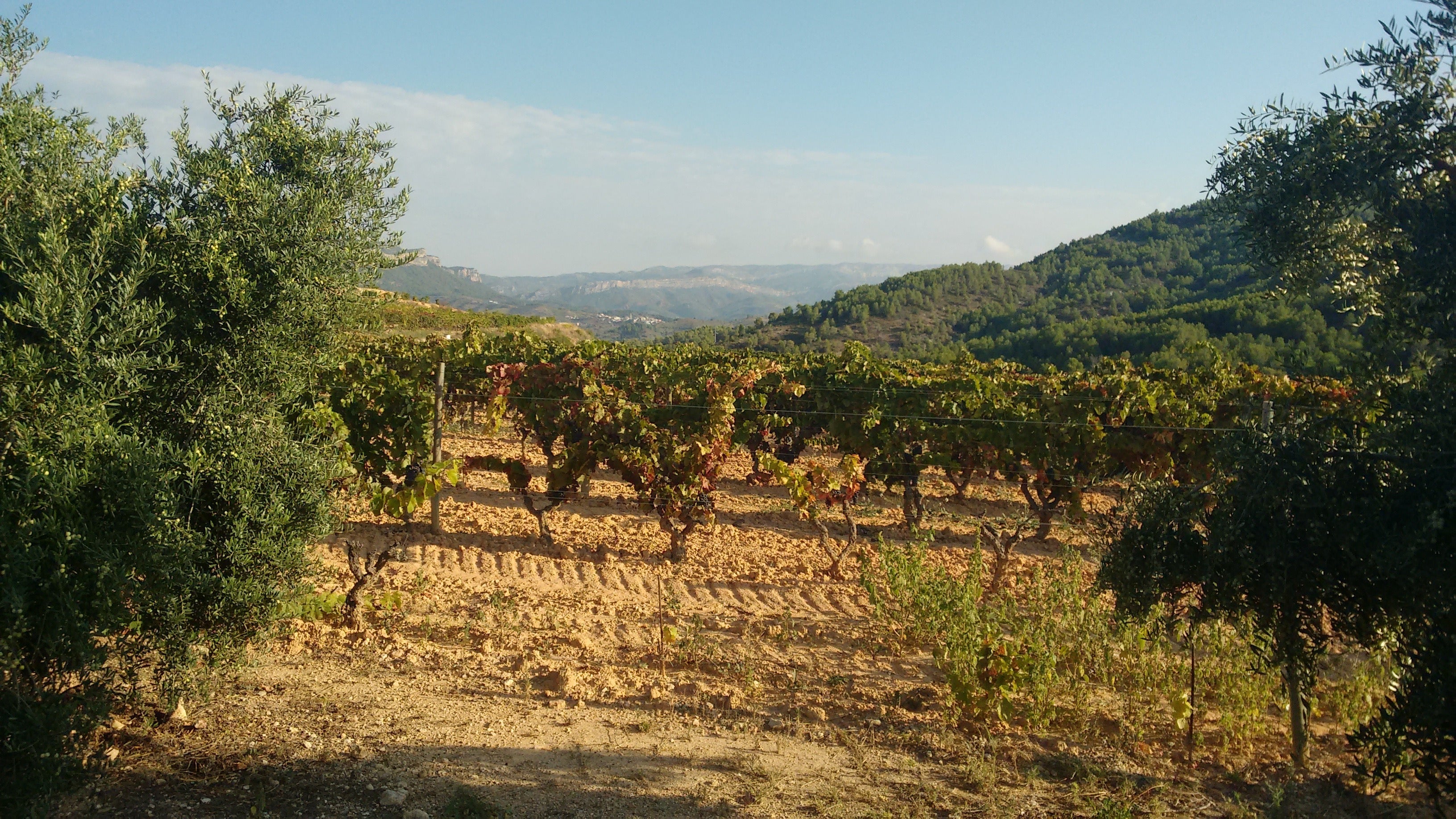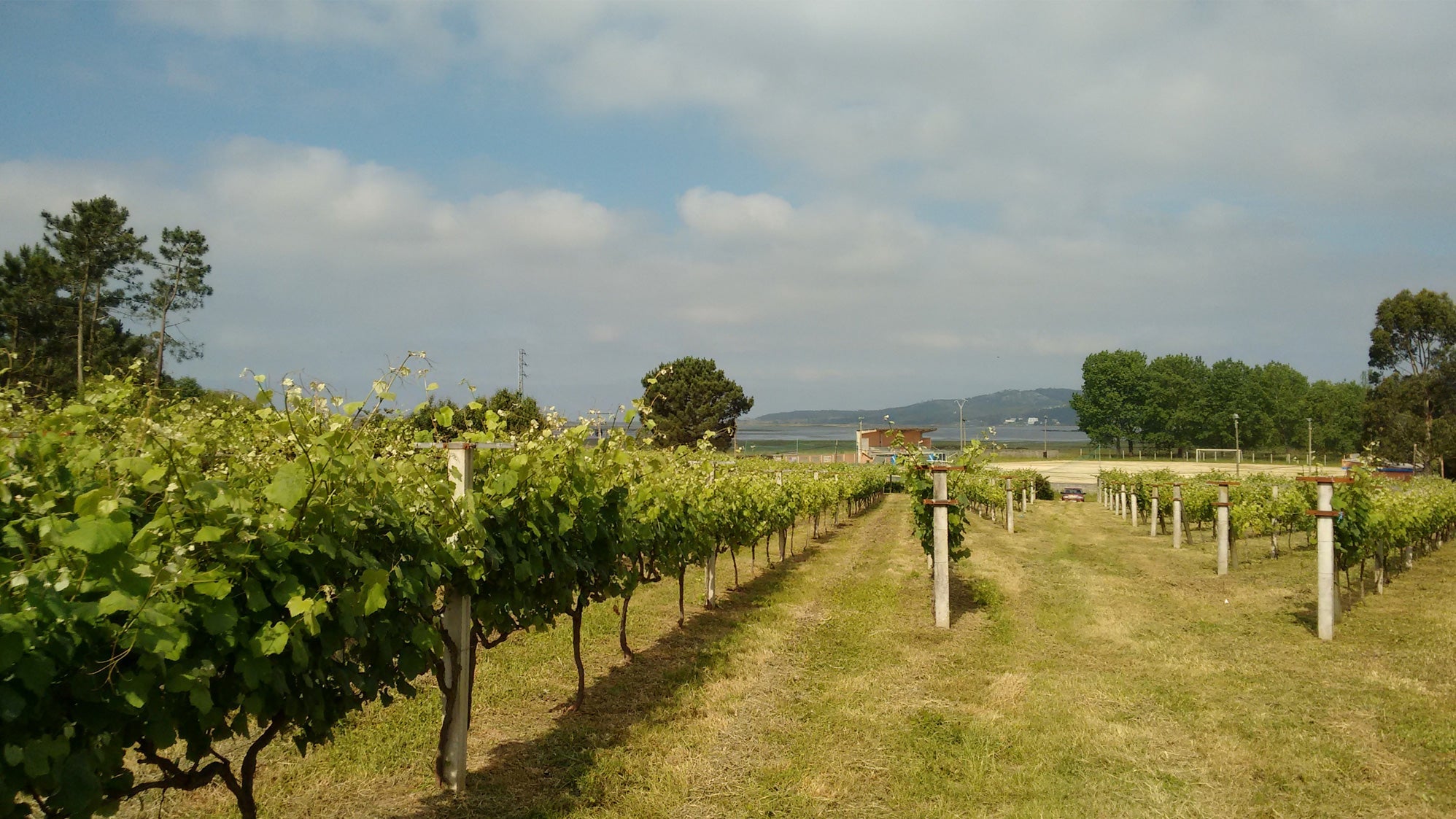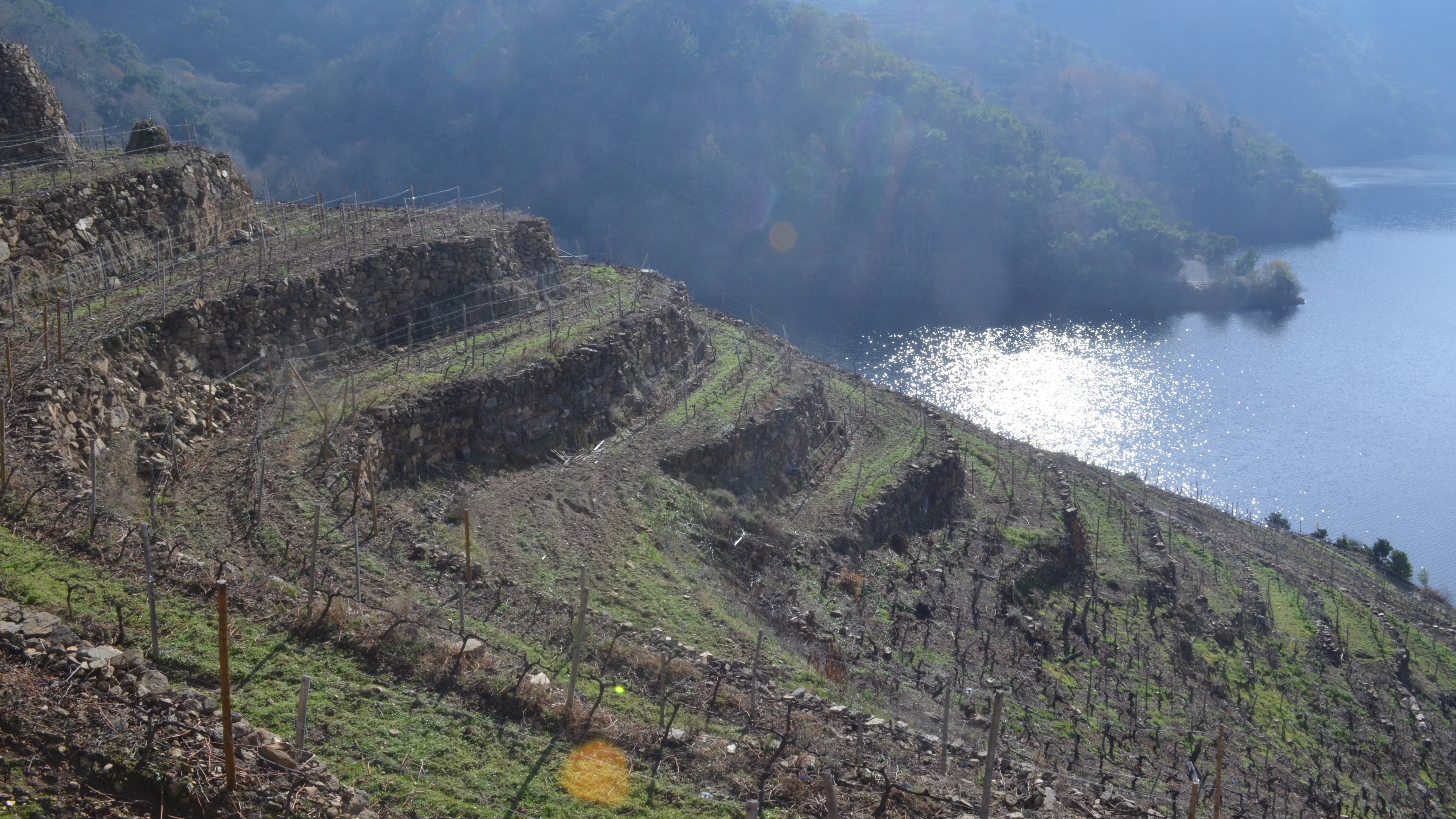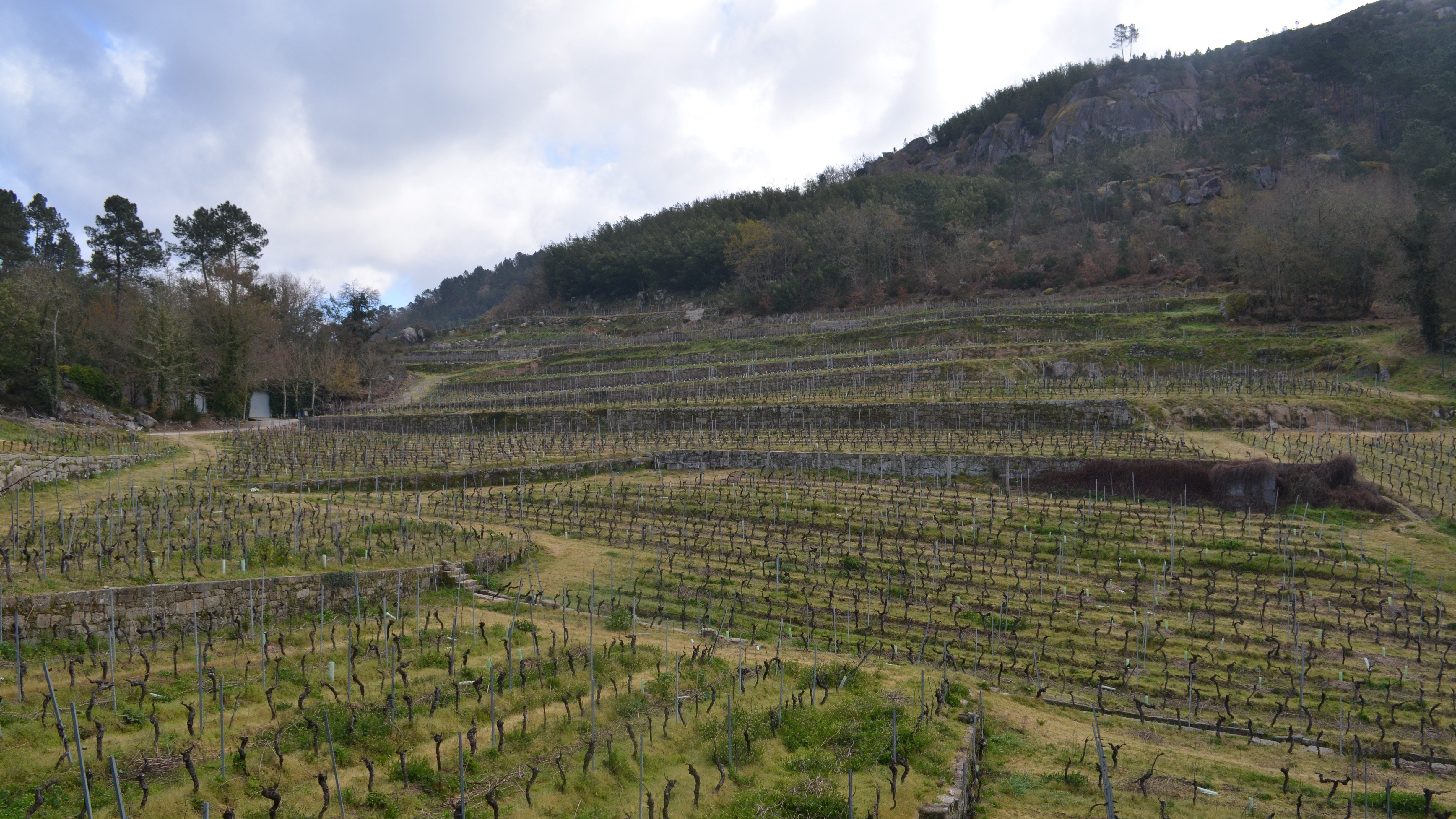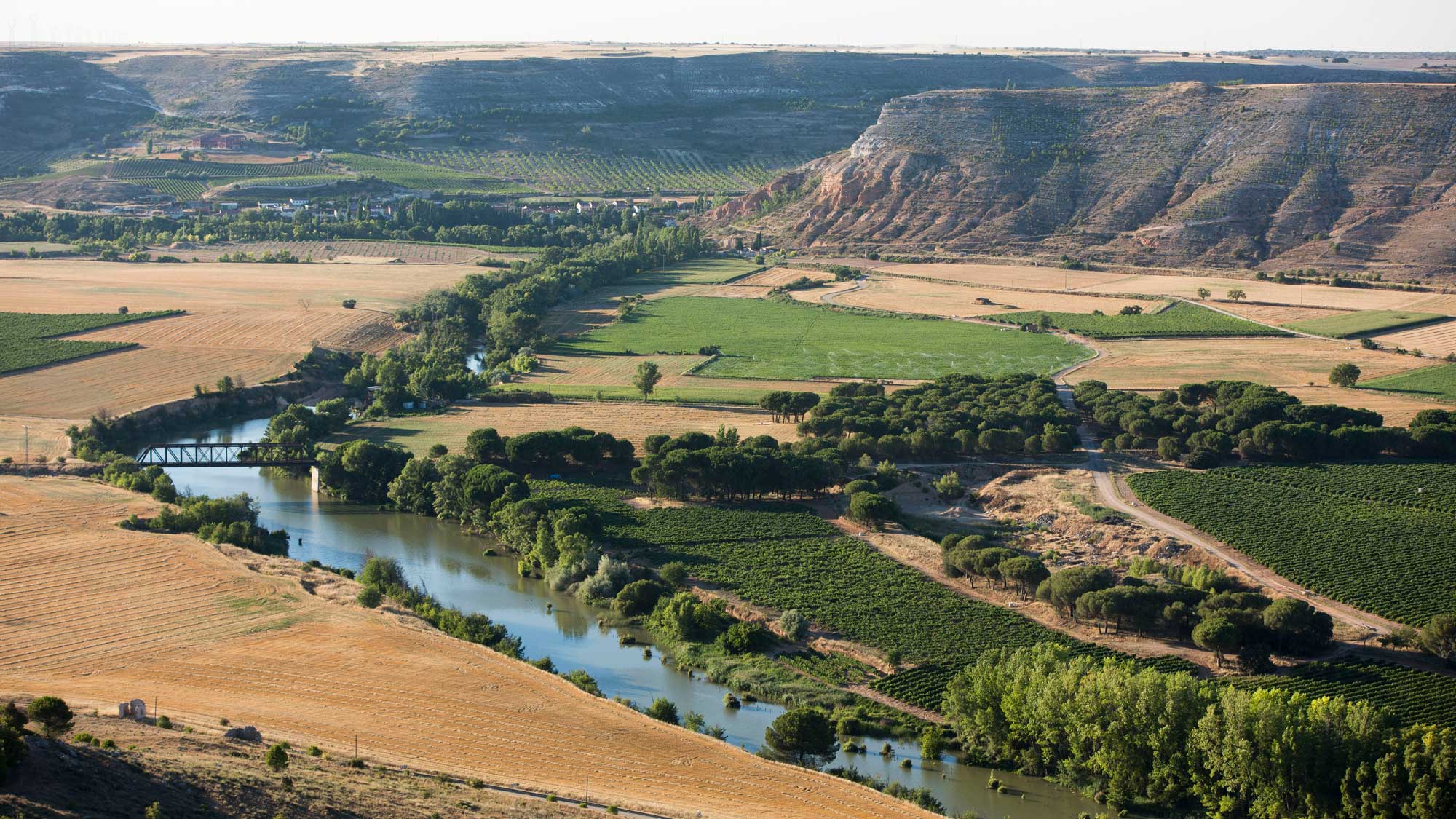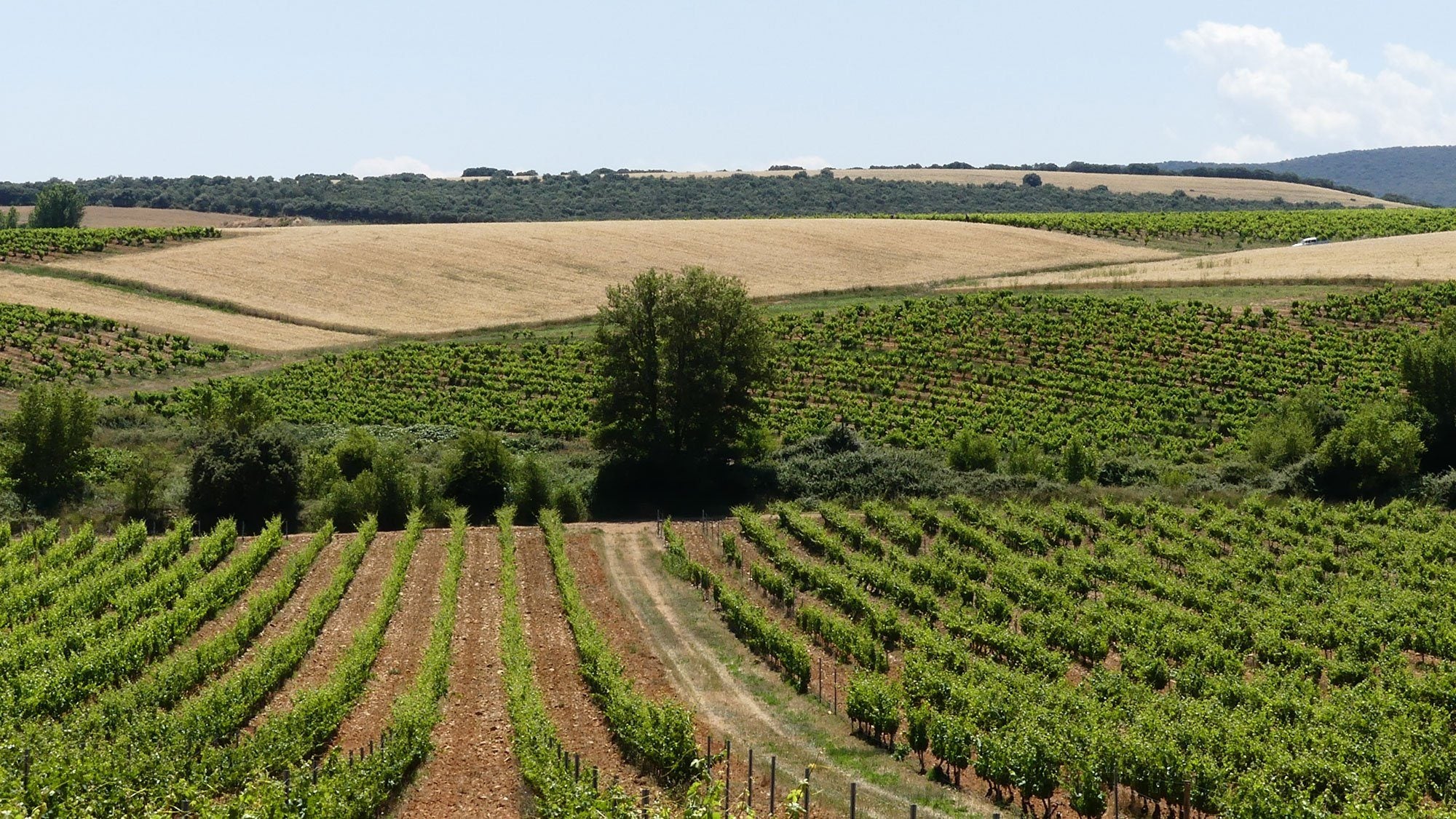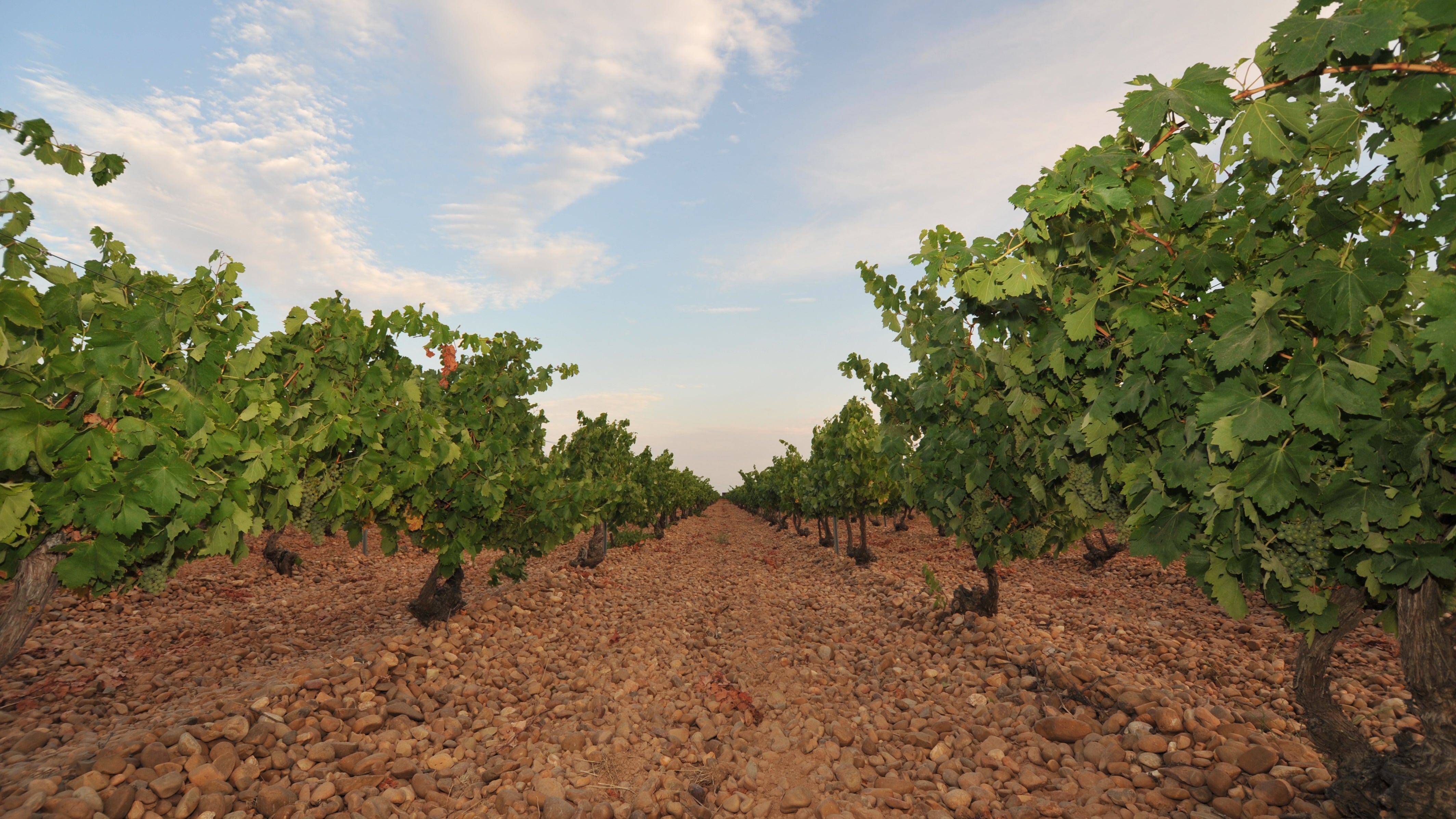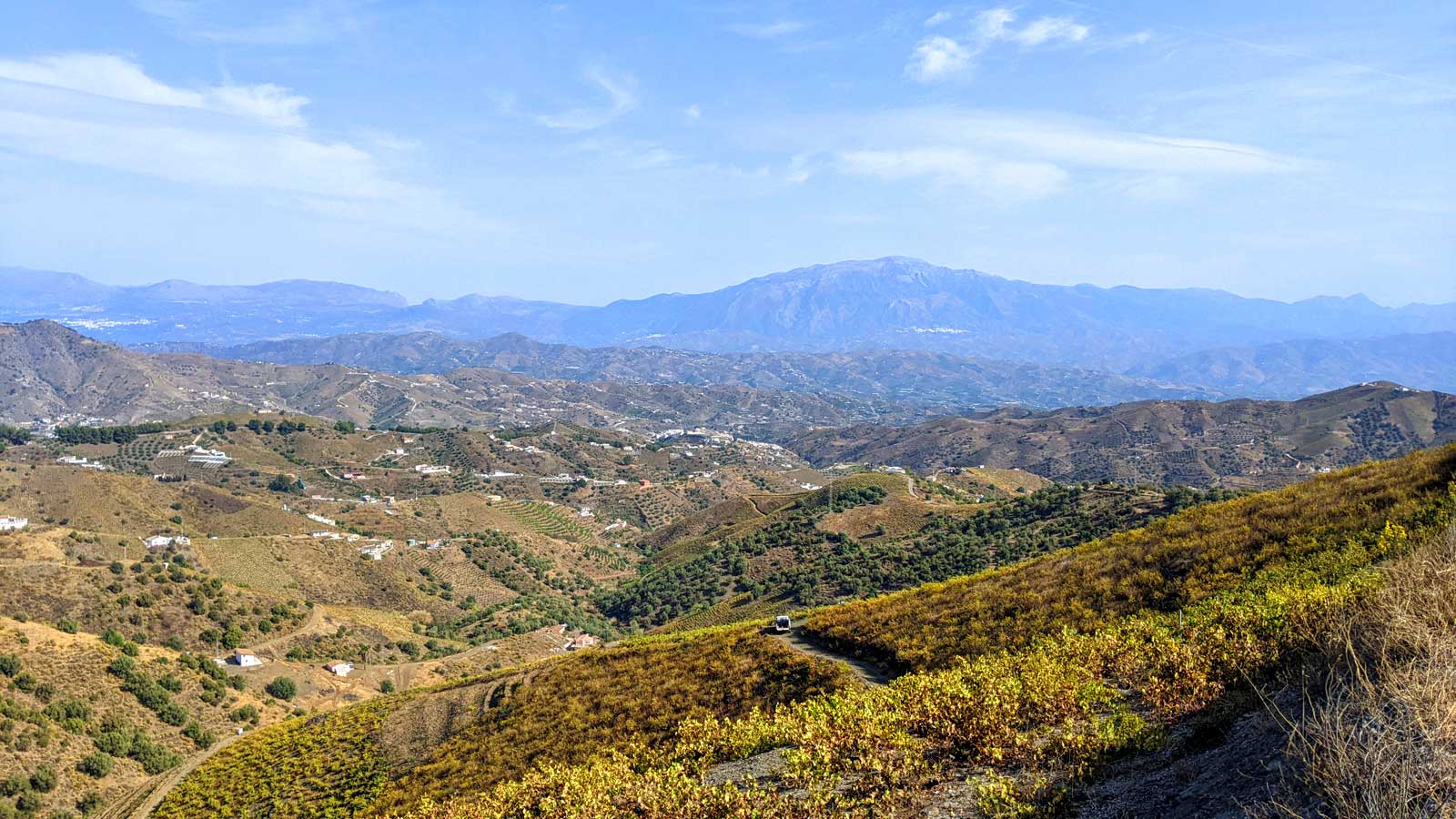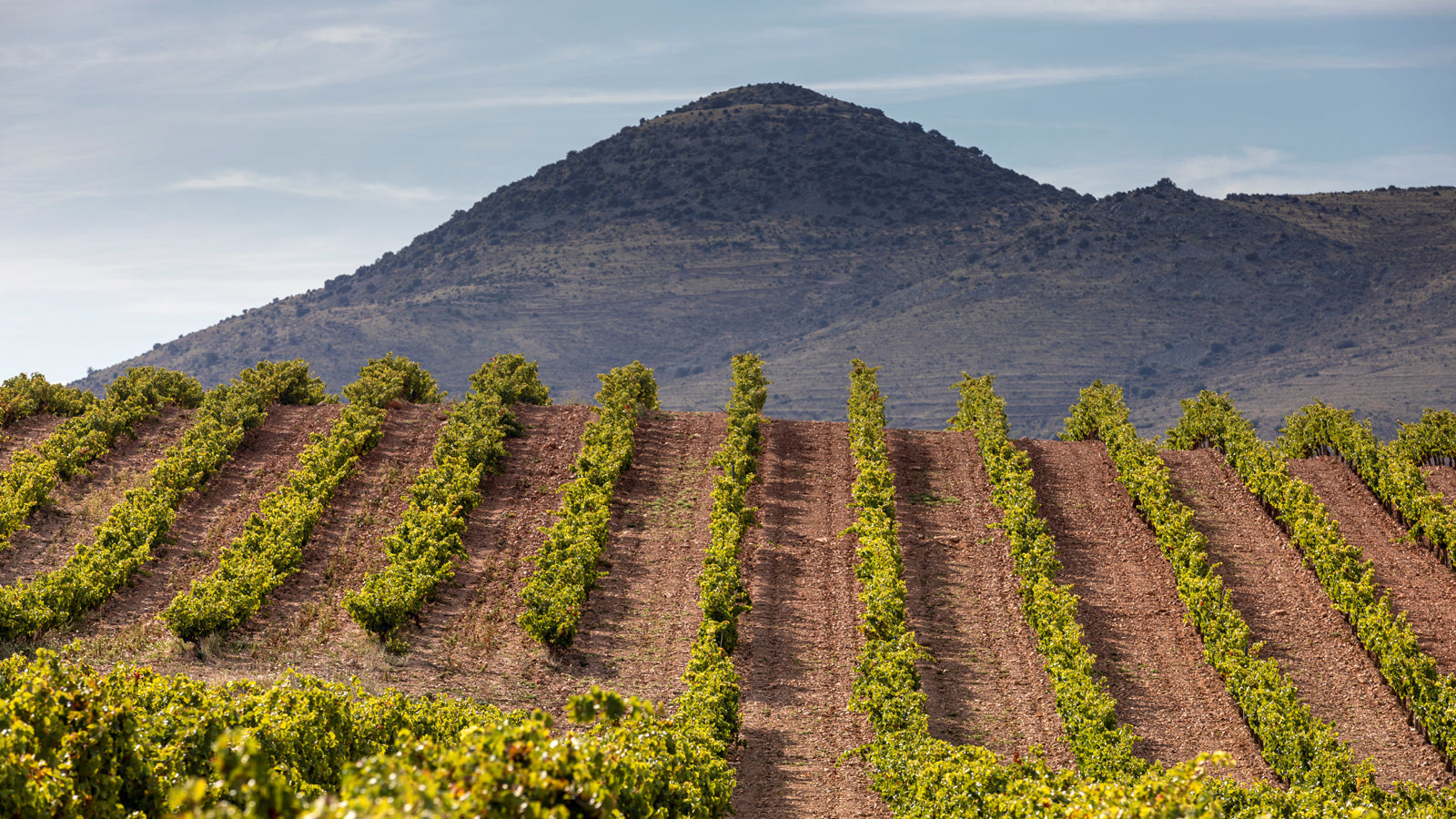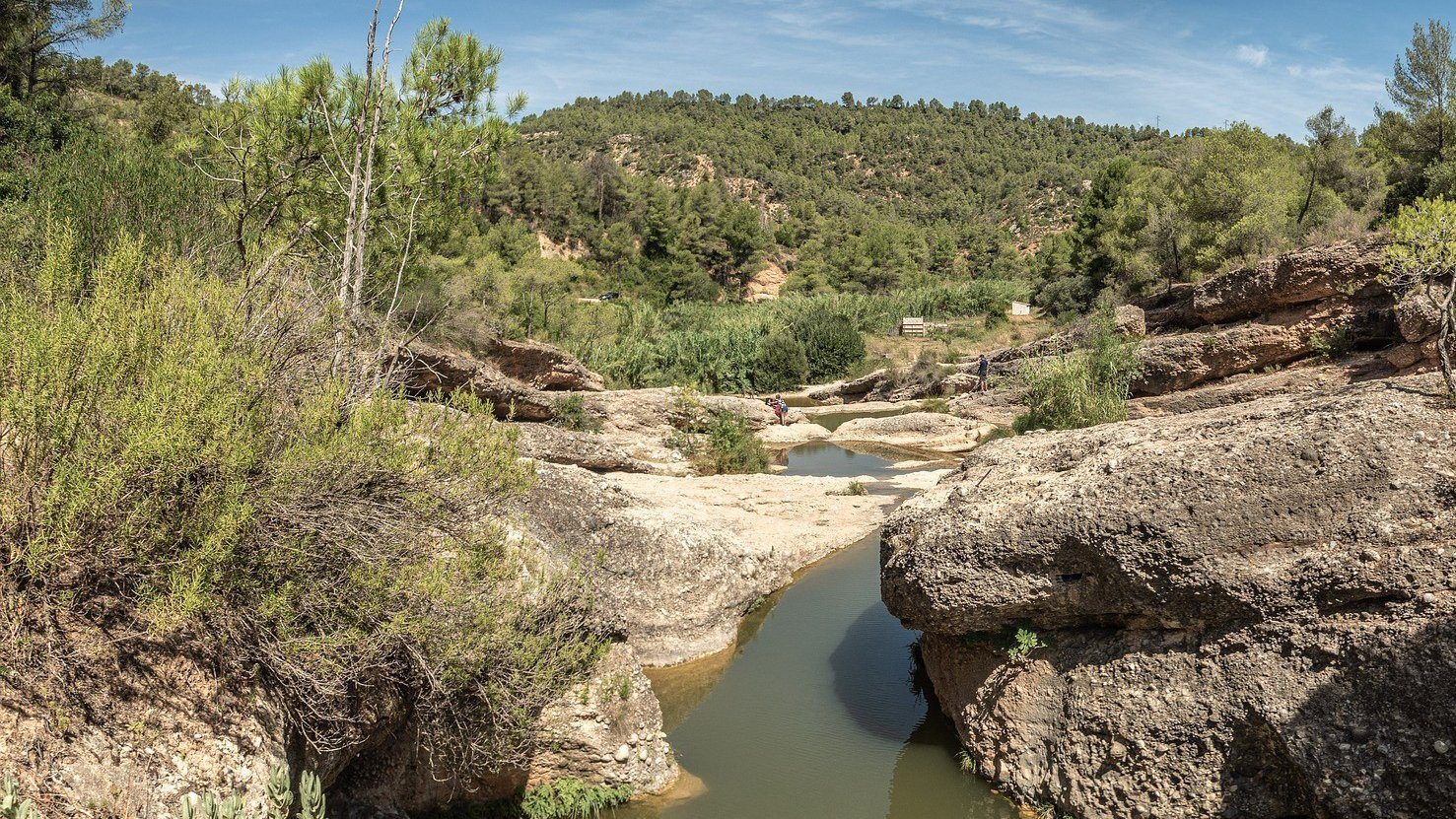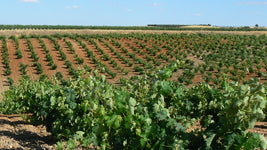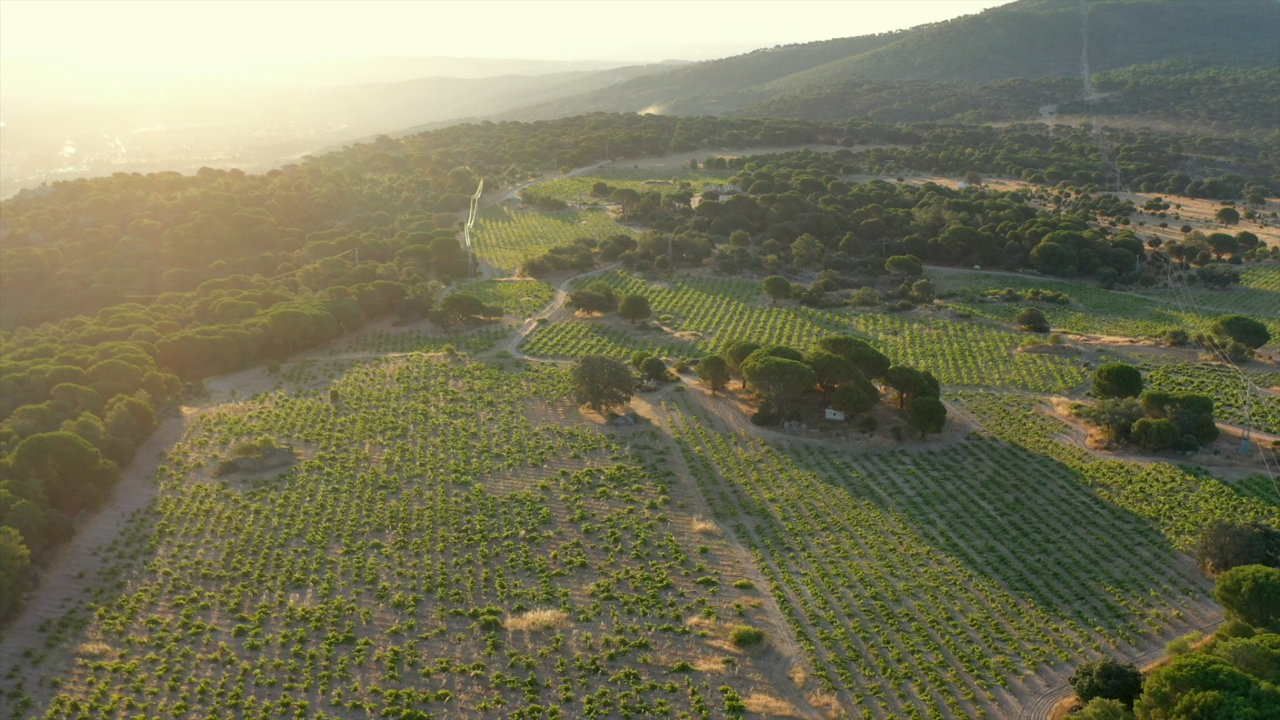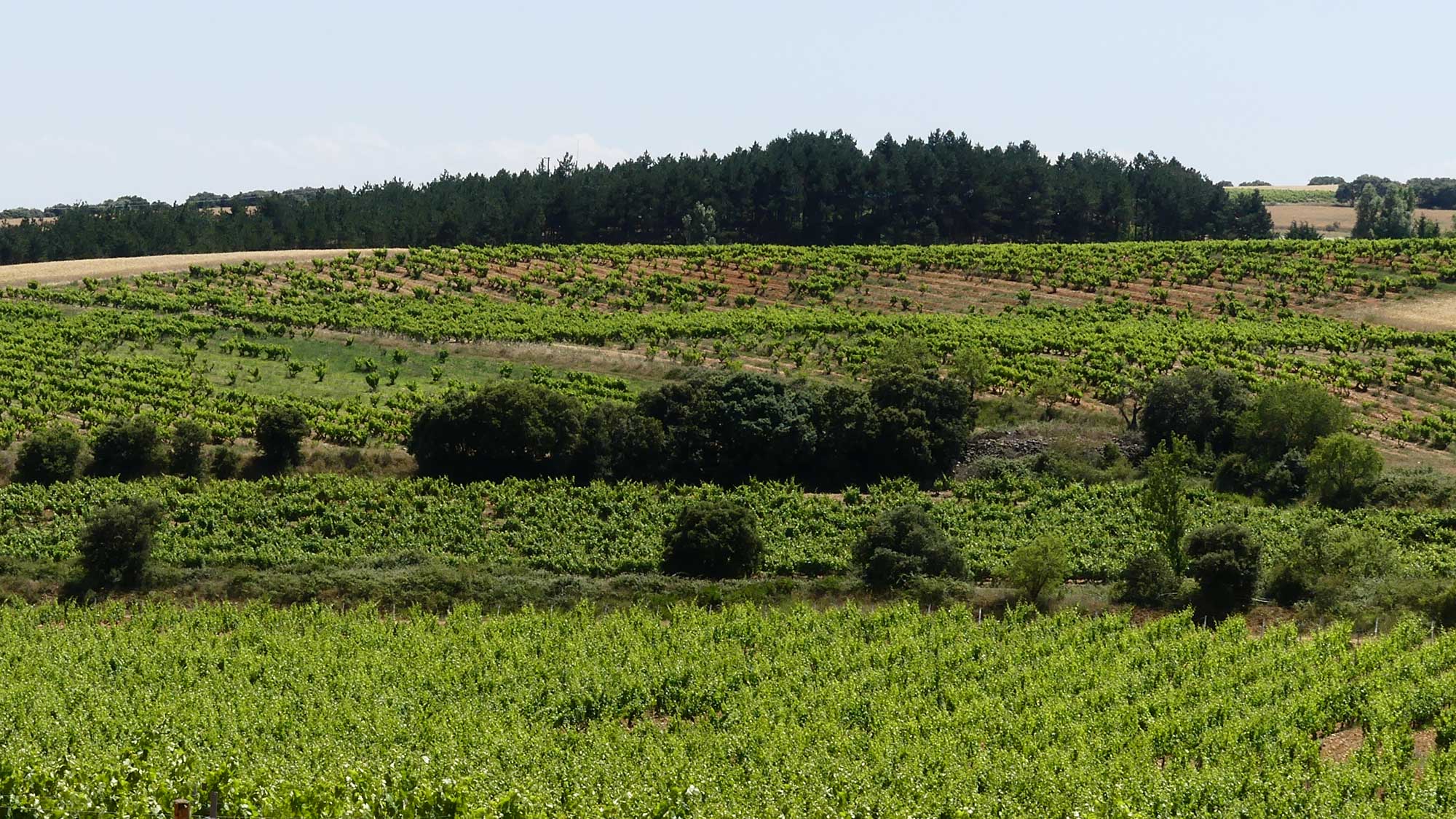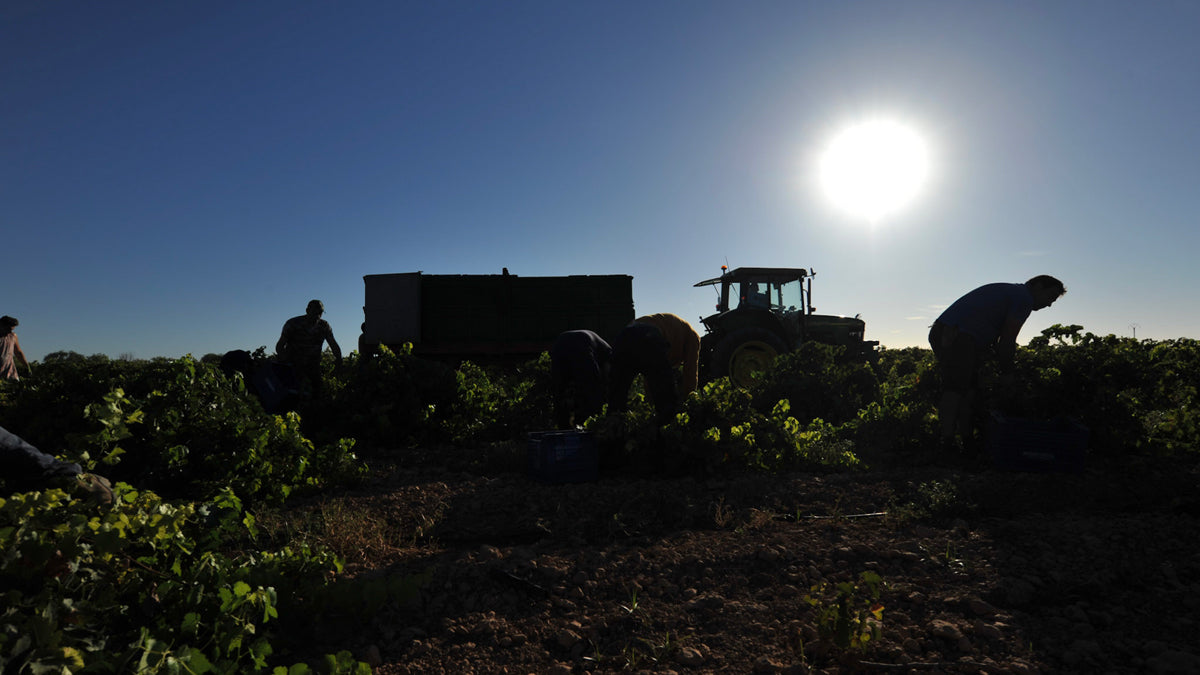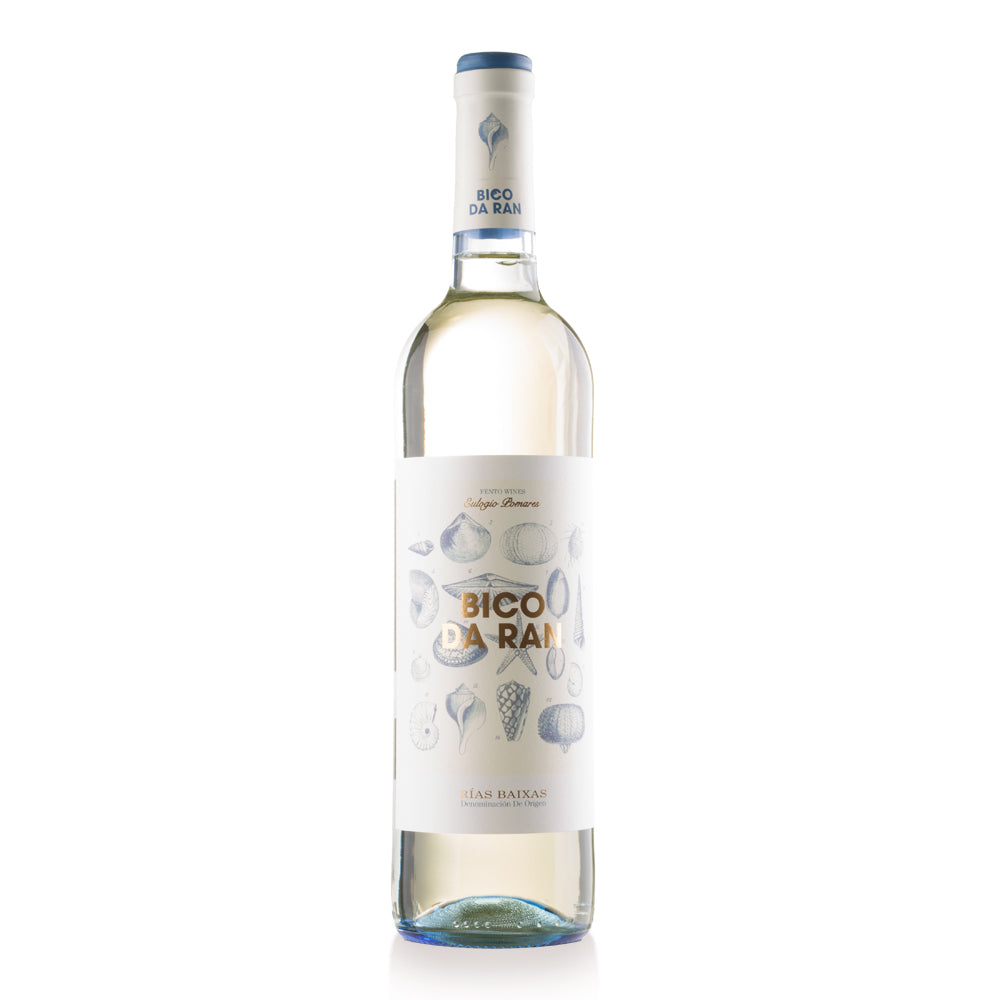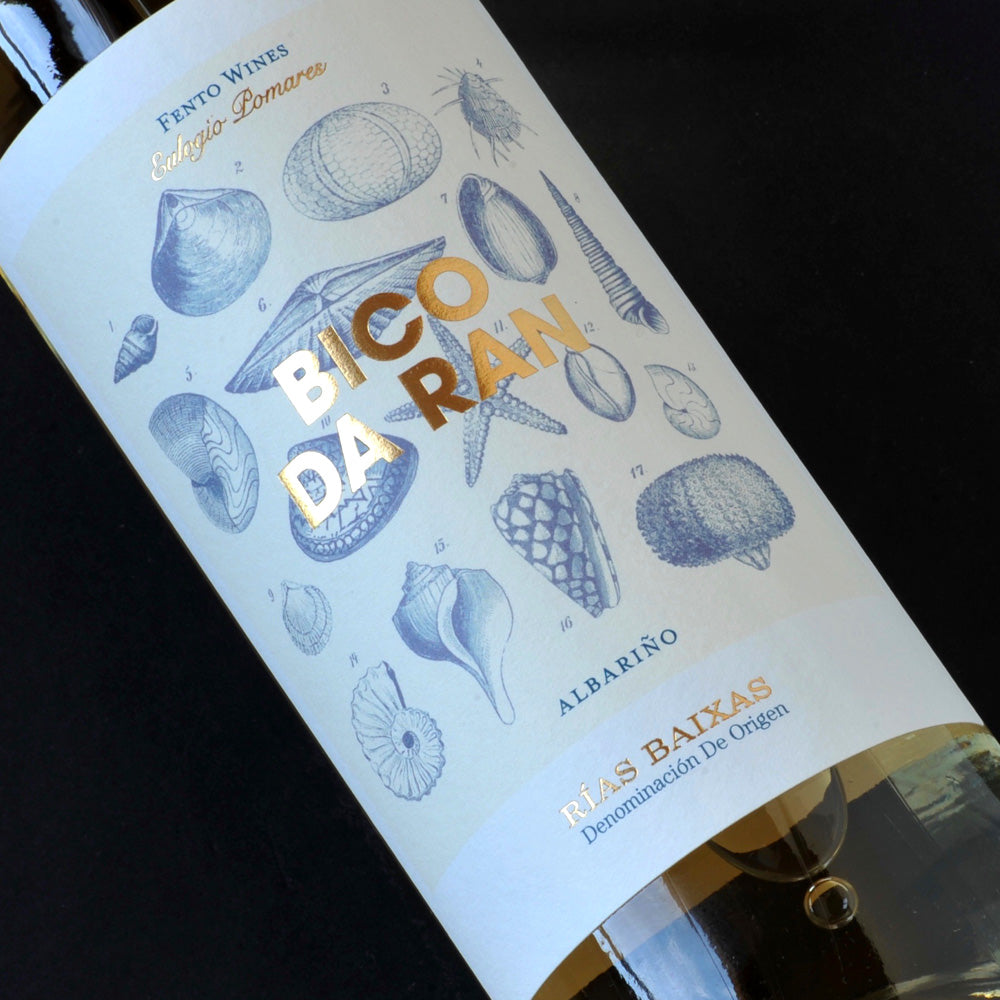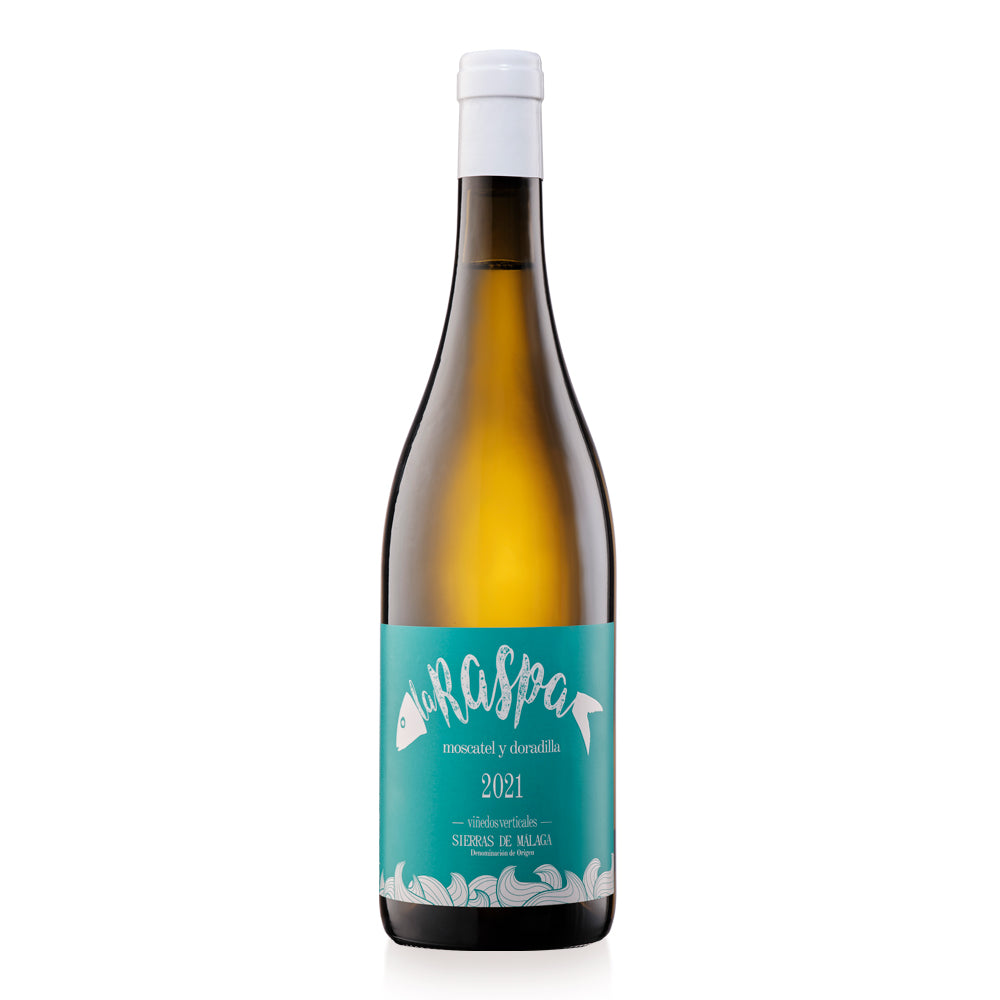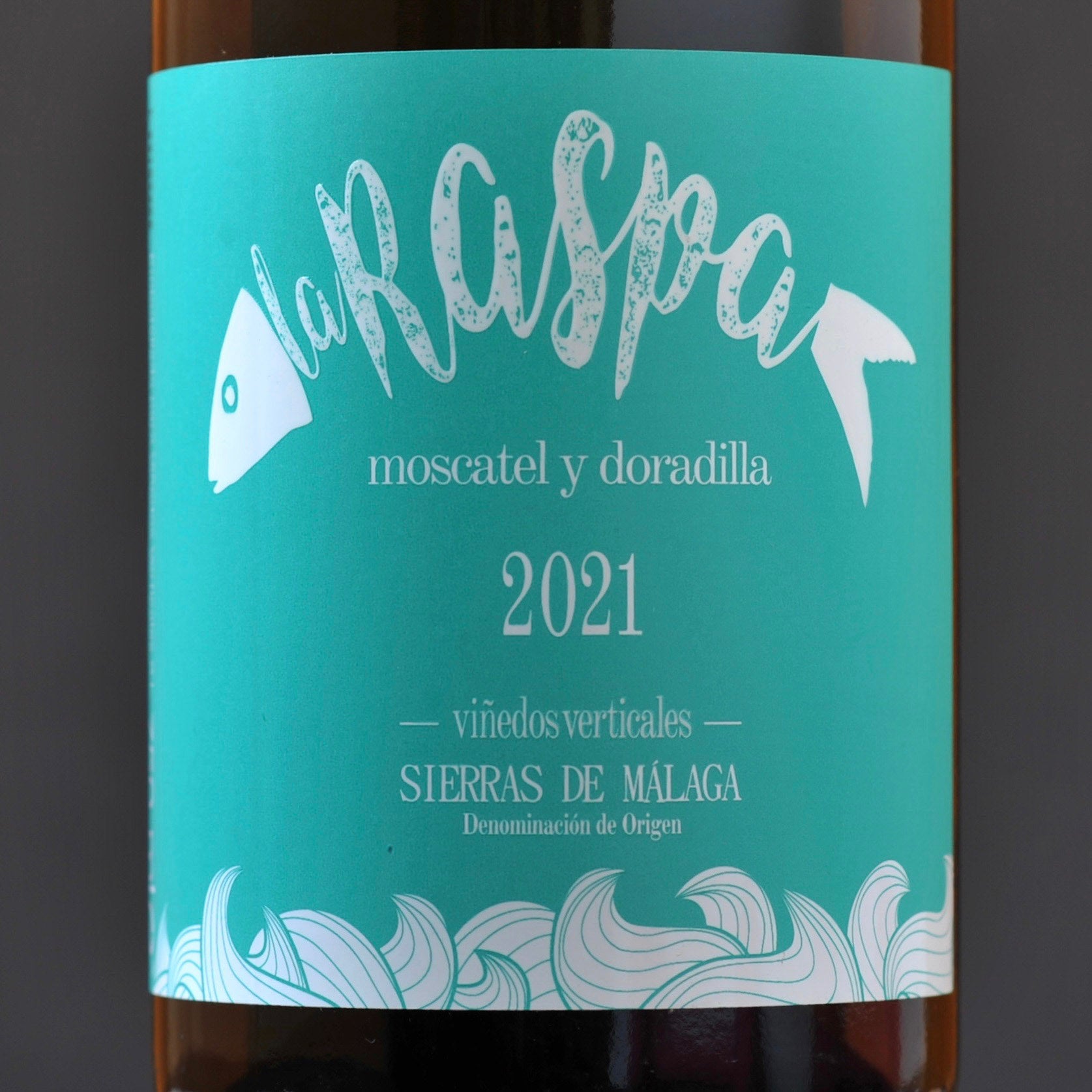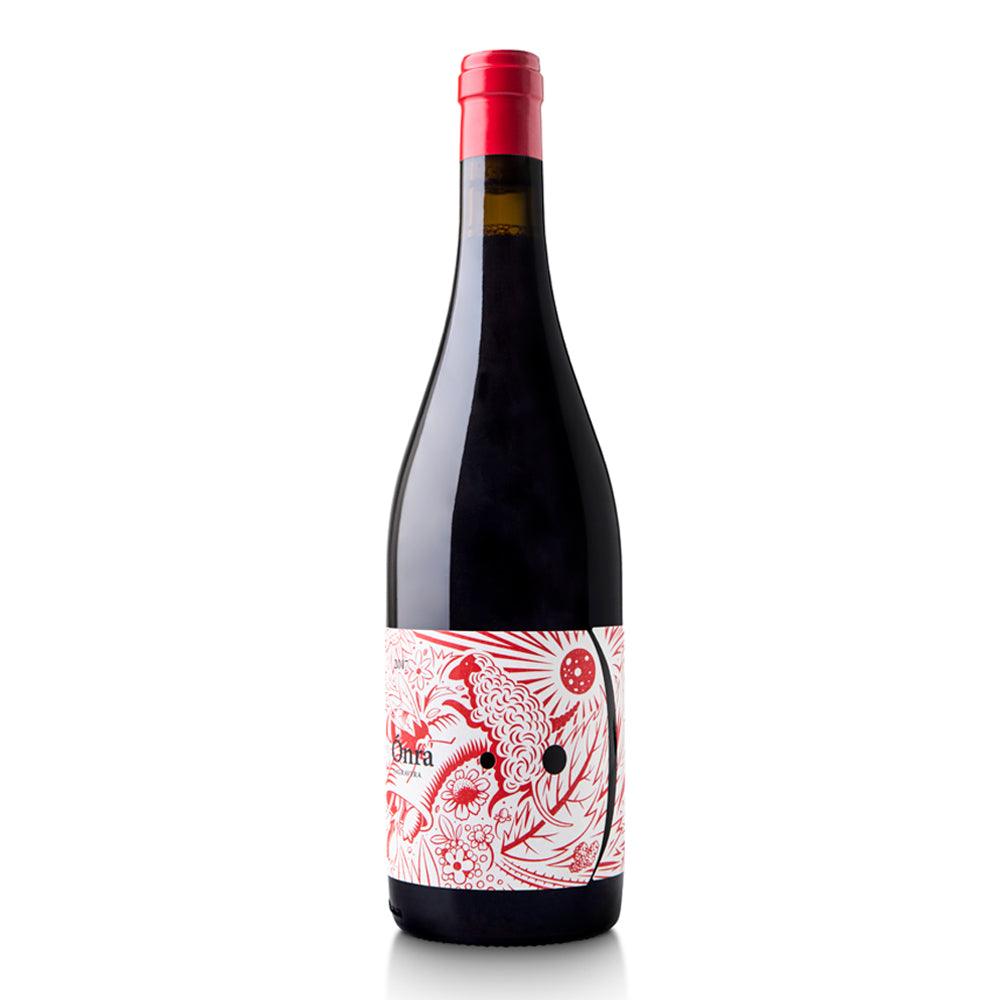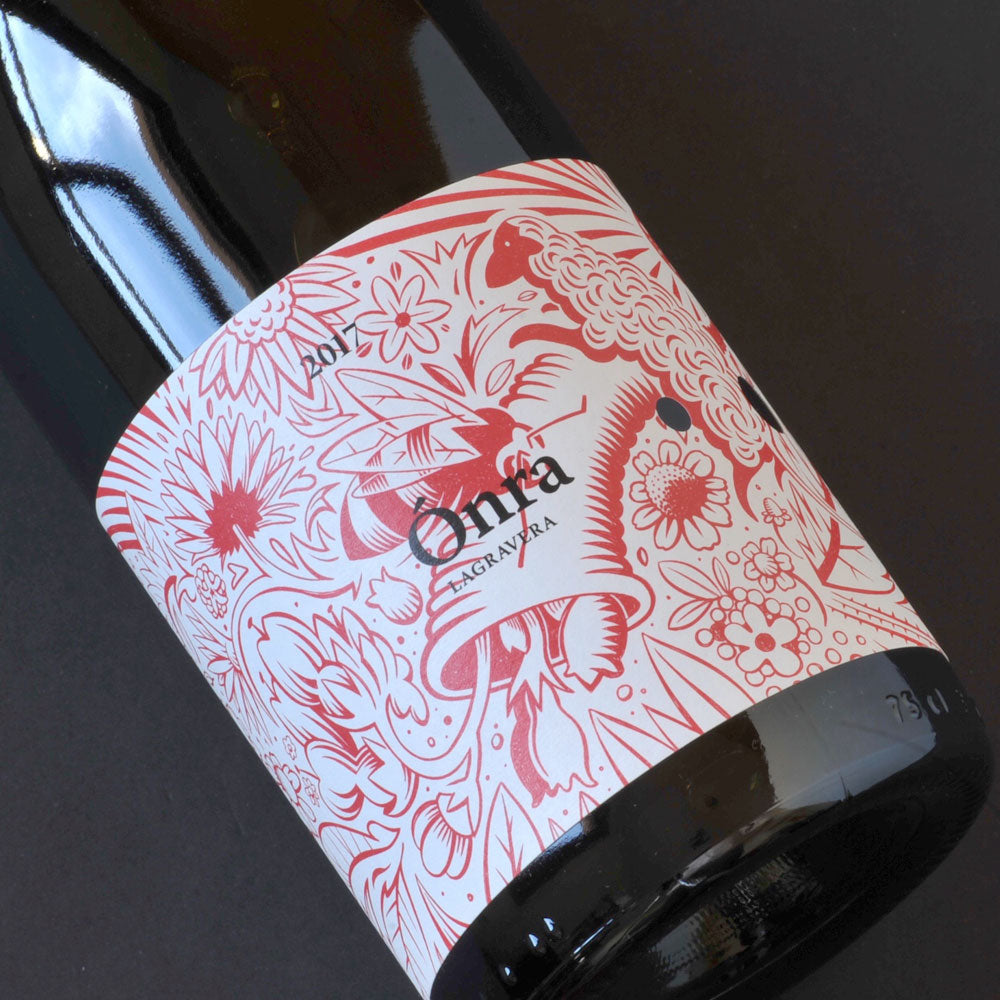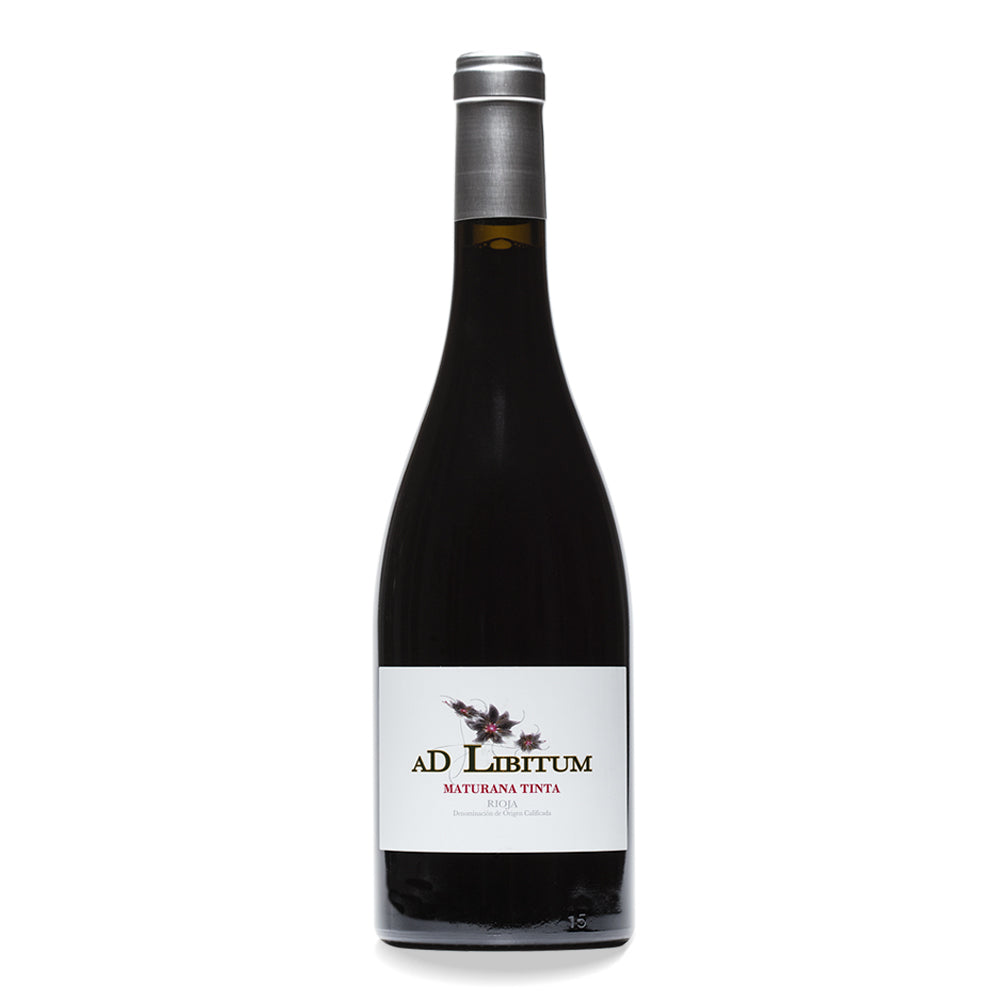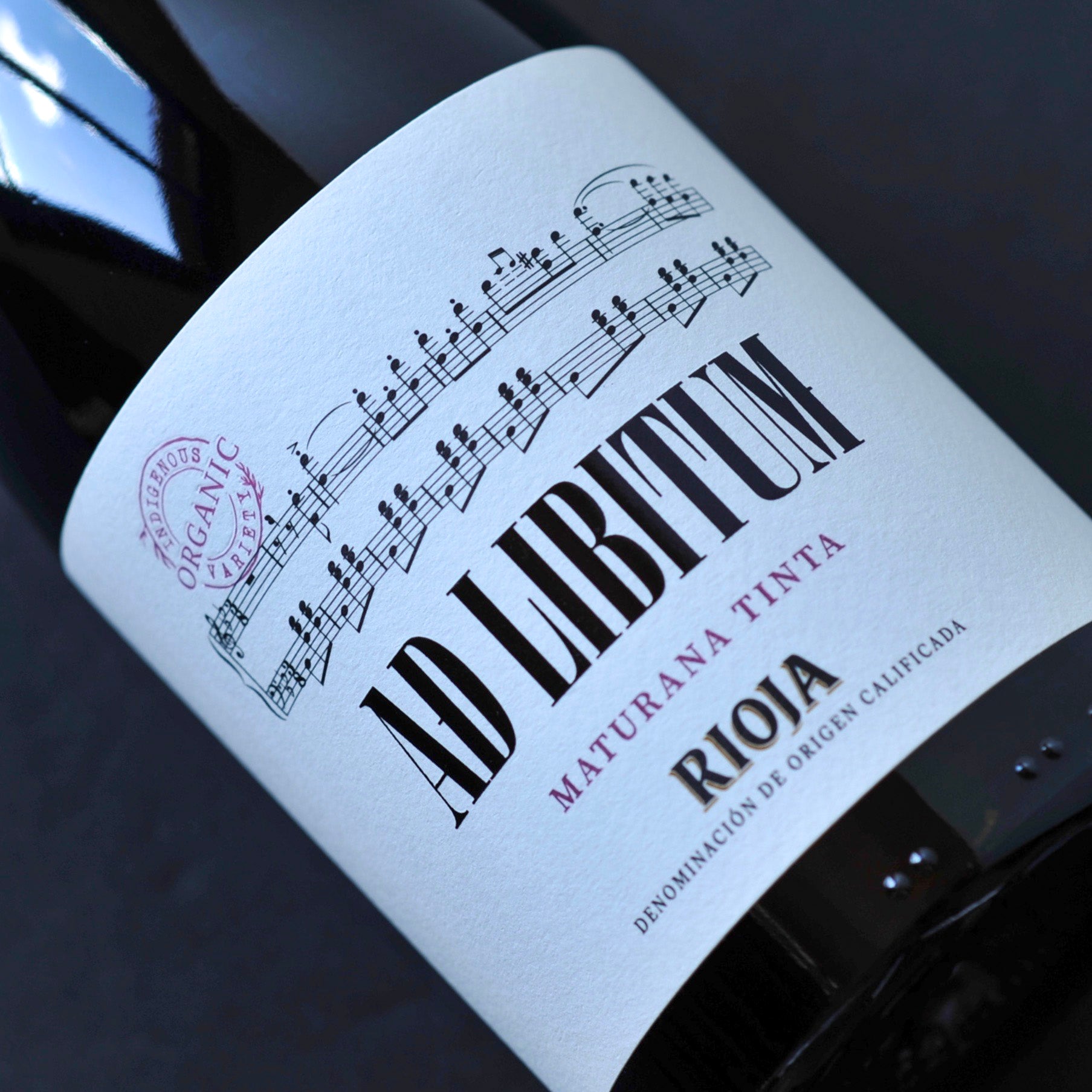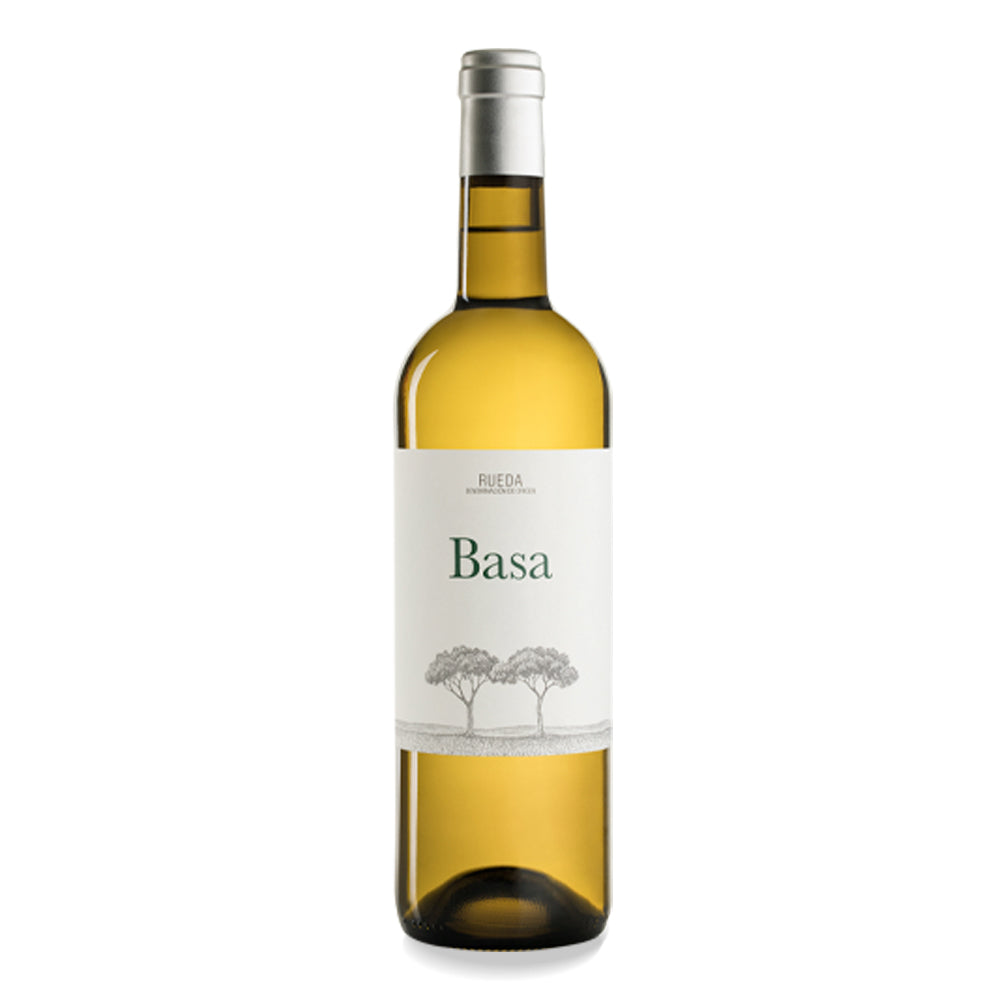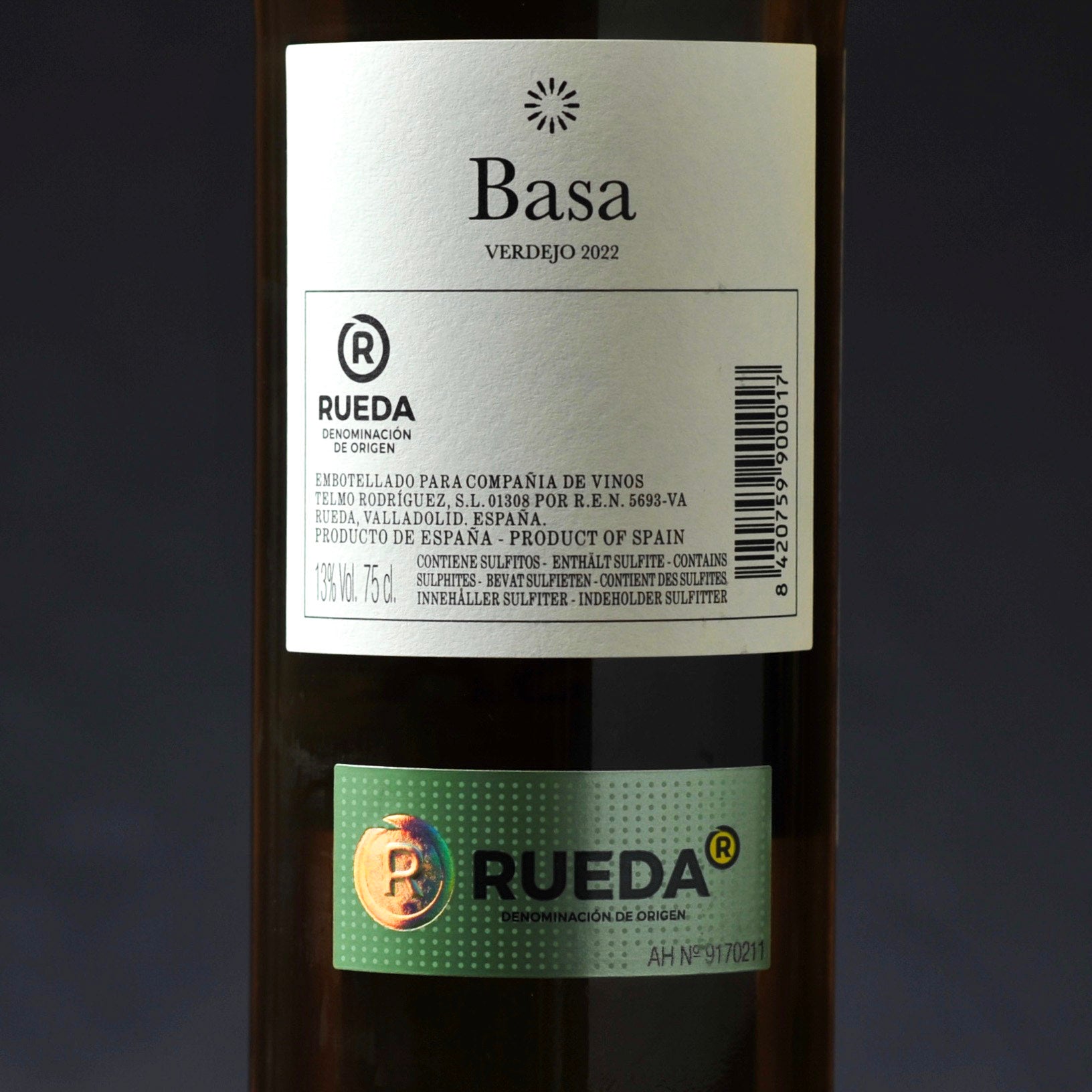Key Points
- Grape varieties: Macabeo, Xarel-lo, Parellada, Malvasía, Chardonnay, Garnacha, Monastrell, Pinot Noir, Trepat.
- Hectares planted: 38,133 Hectares
- Grape growers: 6,284
- Wineries: 147
About Cava
Cava is Spain’s most well-known, and most exported, sparkling wine or vino espumoso. Interestingly, while Cava is a Denominación de Origen in its own right, unlike the wines from Spain’s other DOs, Cava is not made in just one geographical area. In fact, there are currently four main growing areas authorized to put DO Cava on the label of their sparkling wines, including Valencia, Extremadura and the Ebro Valley, as well as a host of towns and villages in central Catalunya which is the region most people think of when they hear the word, Cava.
While each growing region has its differences in terms of altitude, orientation or soil types, in general all enjoy a relatively temperate climate with quite mild winters and long, hot summers, especially in the areas closer to the Mediterranean.
History
About 95% of Spain’s Cava comes from Catalunya, especially from the town of Sant Sadurní d’Anoia, which is about 40km inland from Barcelona. Cava production in Sant Sadurní dates back to the 1870s, and like many innovations in the wine world it was prompted by the arrival of phylloxera, the vine-eating aphid which arrived from the US in the late 1800s and devasted European vines. Phylloxera prompted Catalan farmers to diversify away from red grape varieties and begin working with local white varieties like Macabeo, Parellada and Xarel-lo which form the basis of the Cava blend.
Innovation
Today you’ll also find a new category of Cava producers, the so-called Corpinnat group made up of eleven wineries in the Penedès who have broken away from the main DO Cava and make their wines using only estate-grown grapes which are farmed organically and harvested by hand. Production is a little bit more labour-intensive so you can expect slightly higher prices, and the wines tend to be aged for that much longer than traditional Cavas, between 30 and 60 months on average.
Cava vs Champagne vs Prosecco
So, Cava, Champagne, Prosecco….what’s the difference? Well, technically speaking they all fit into the sparkling wine category, which encompasses a whole range of different wines made around the world of varying degrees of sweetness, fizziness and, of course, price. And like still wines, sparkling wines too can be made from a range of different grapes depending on where they are grown.
The key difference between sparkling wines is how they are made. All involve the accumulation of gas under pressure, and the most common way of achieving this is by some kind of secondary fermentation which creates carbon dioxide in the wine and makes it fizzy. But while both Champagne and Cava are made using the so-called traditional method, Prosecco is made using the tank method (aka the Charmat process) which is much cheaper, faster and less labour intensive than the traditional method. To find out more, read our article on how Cava is made.

